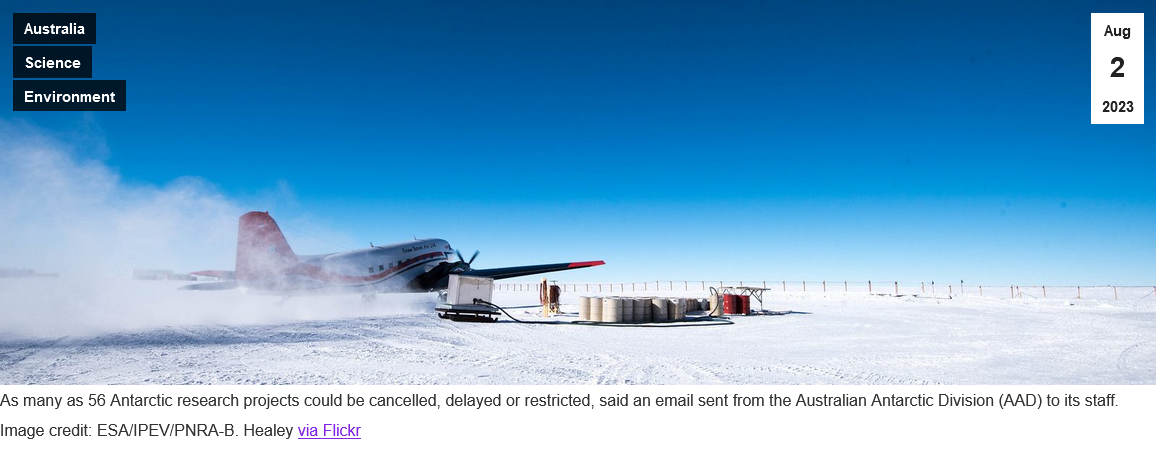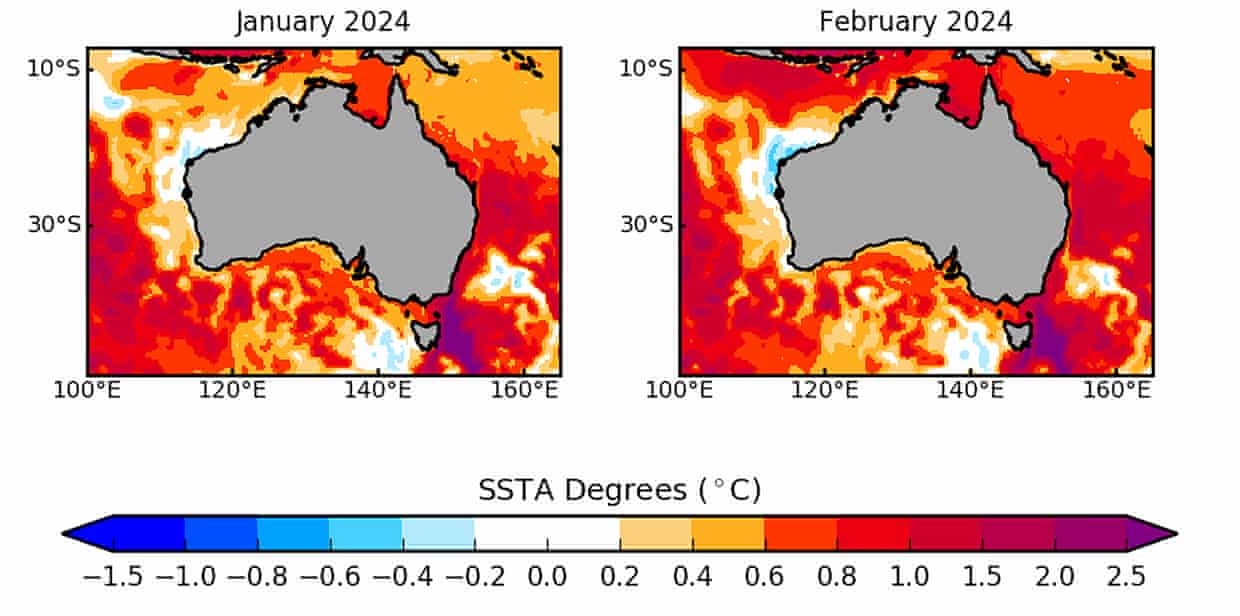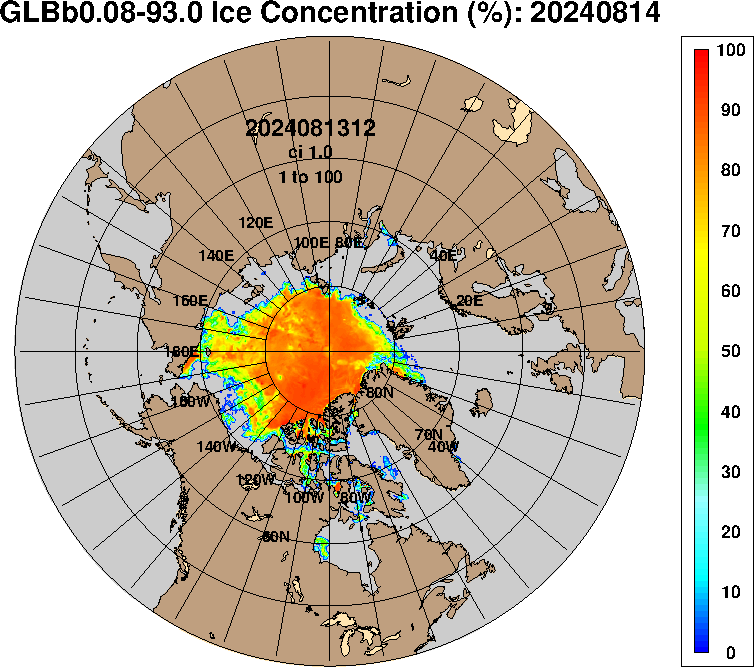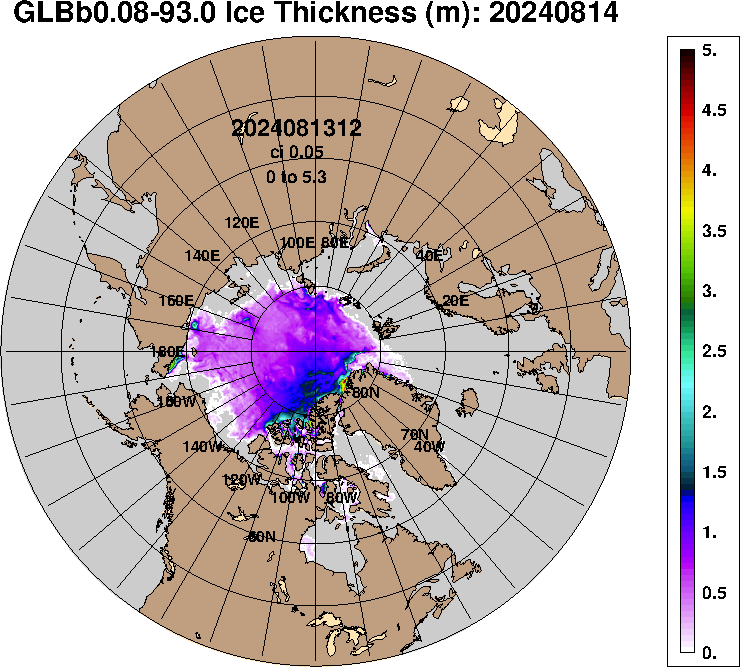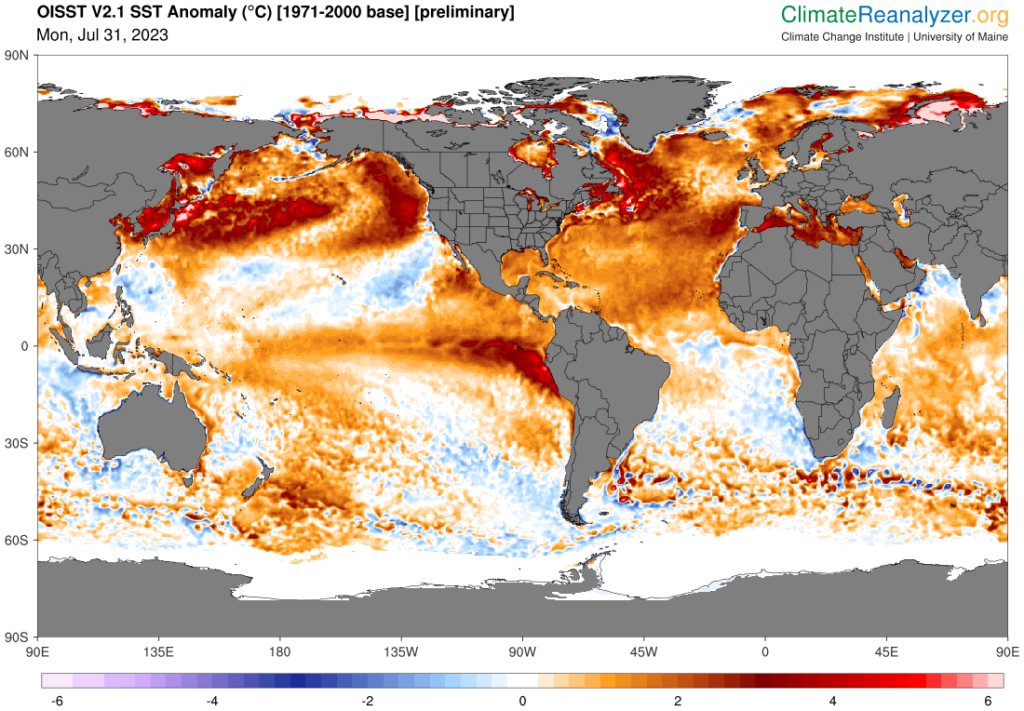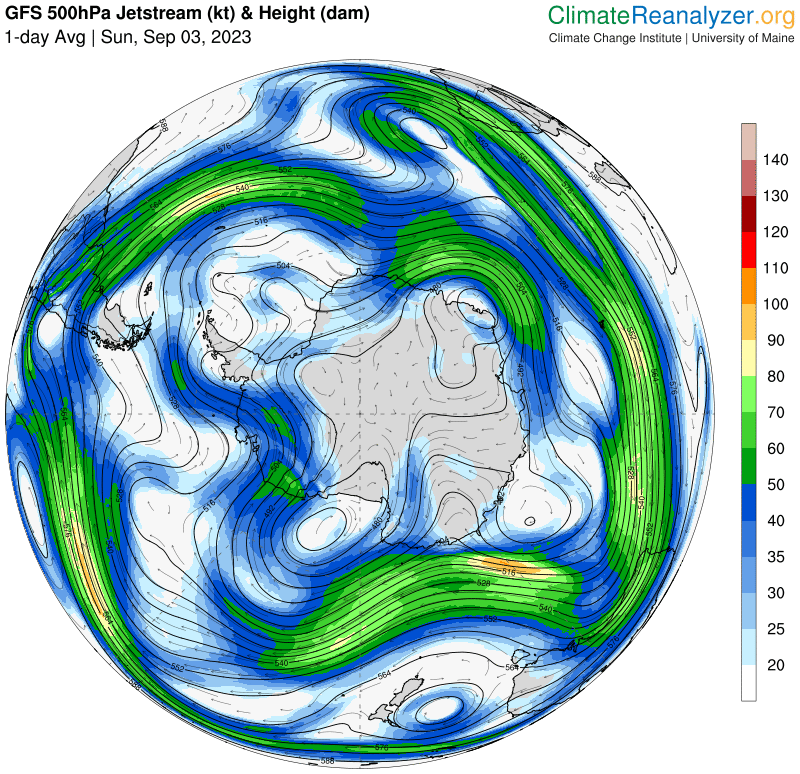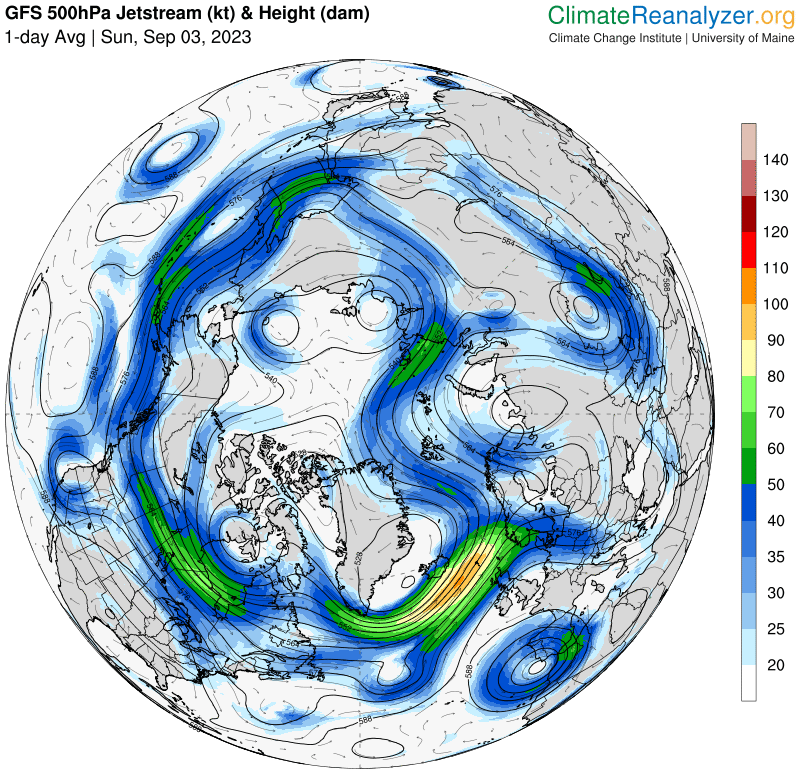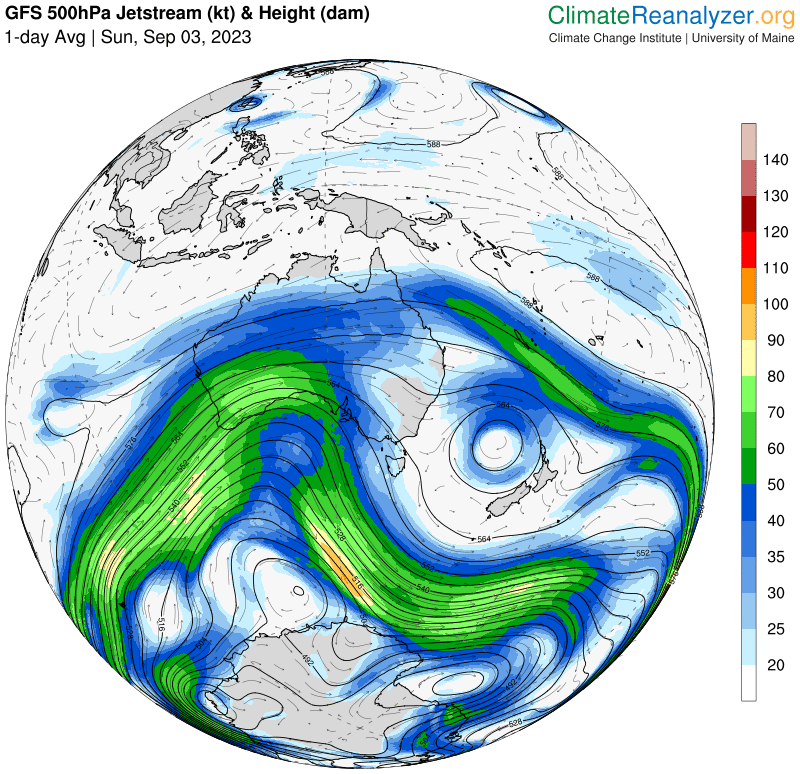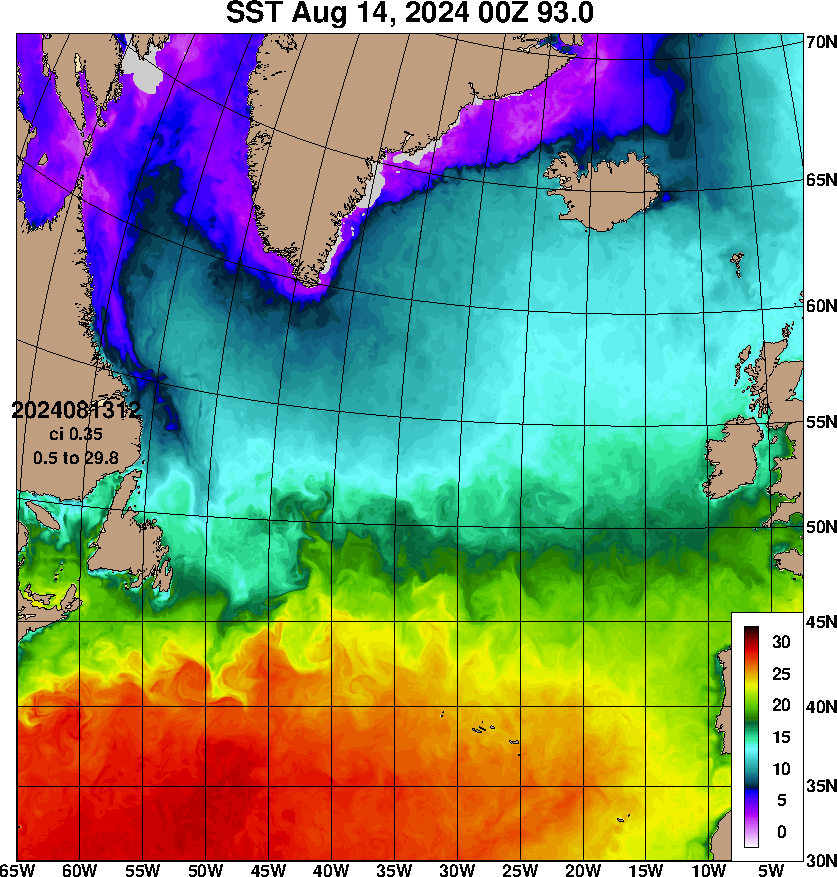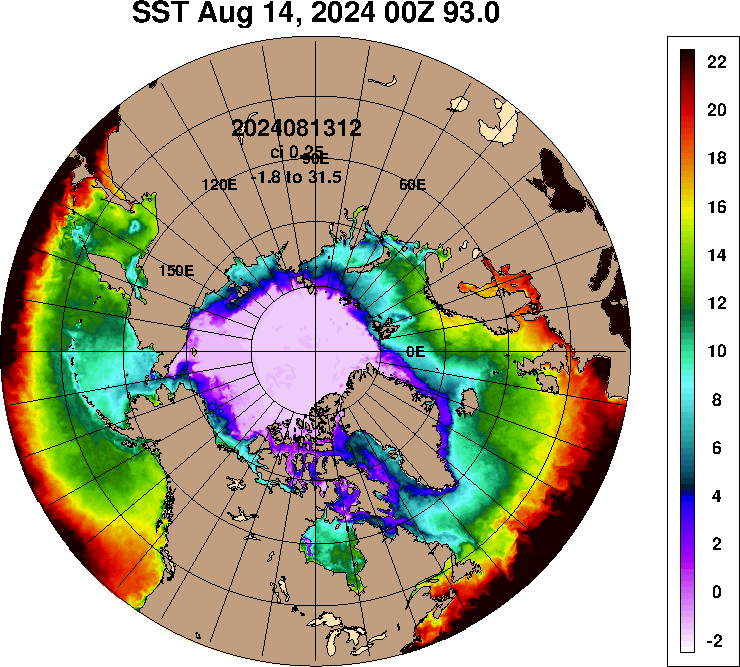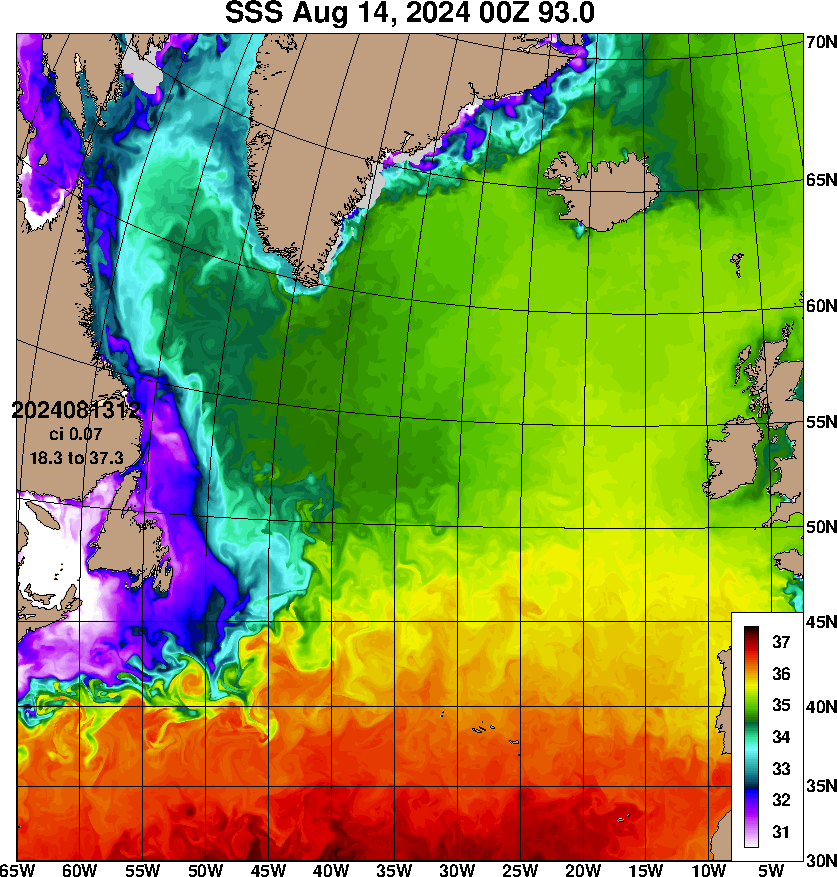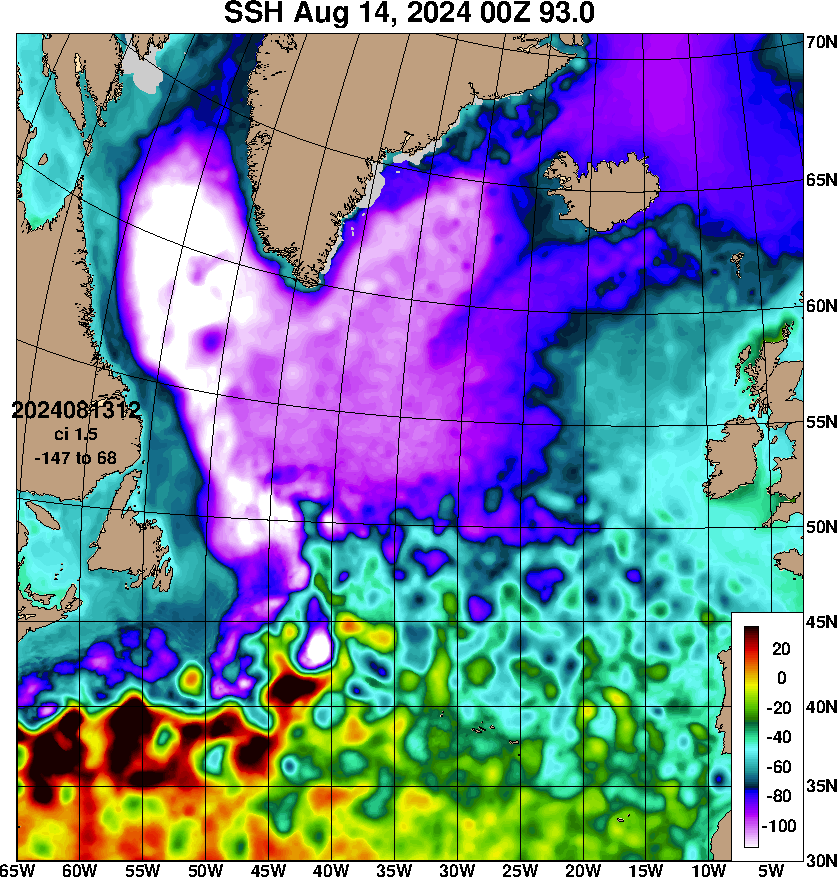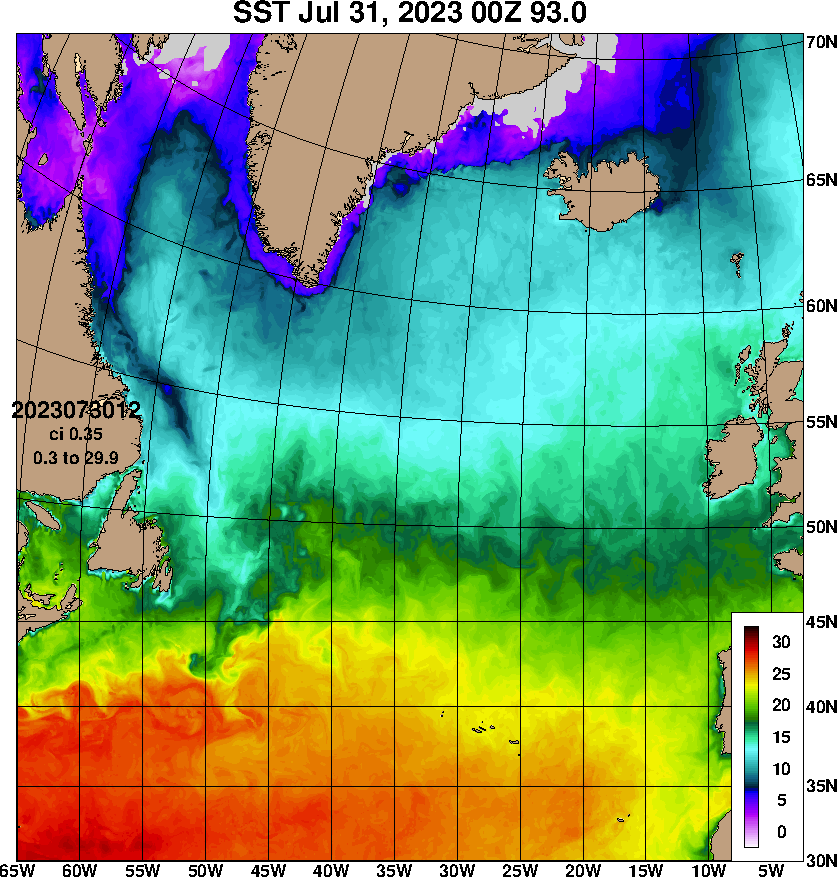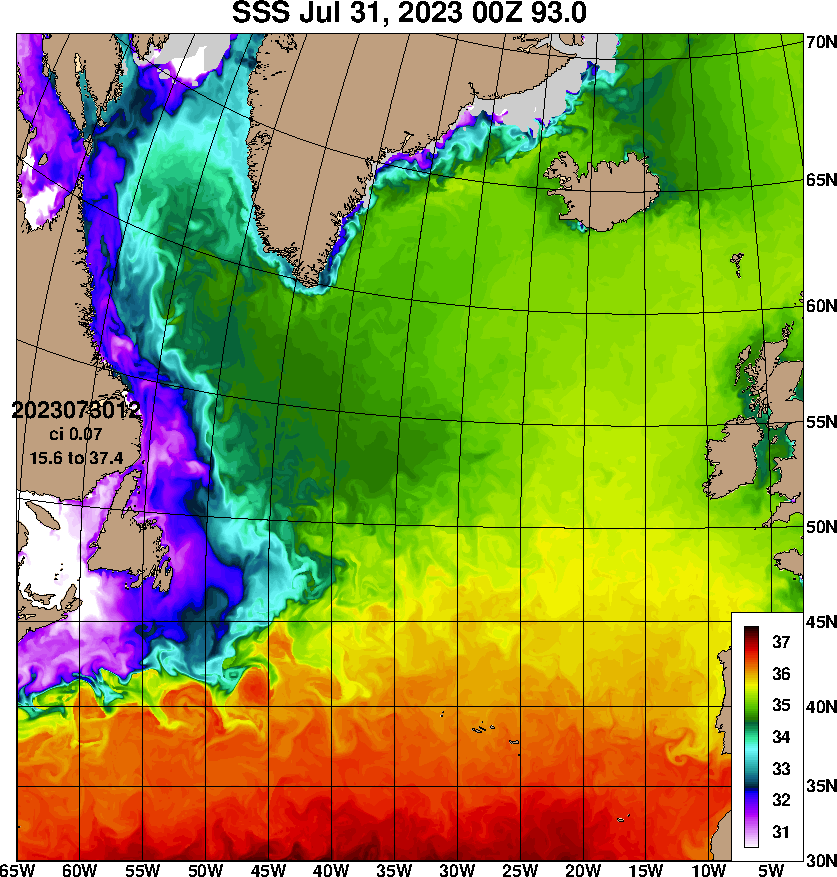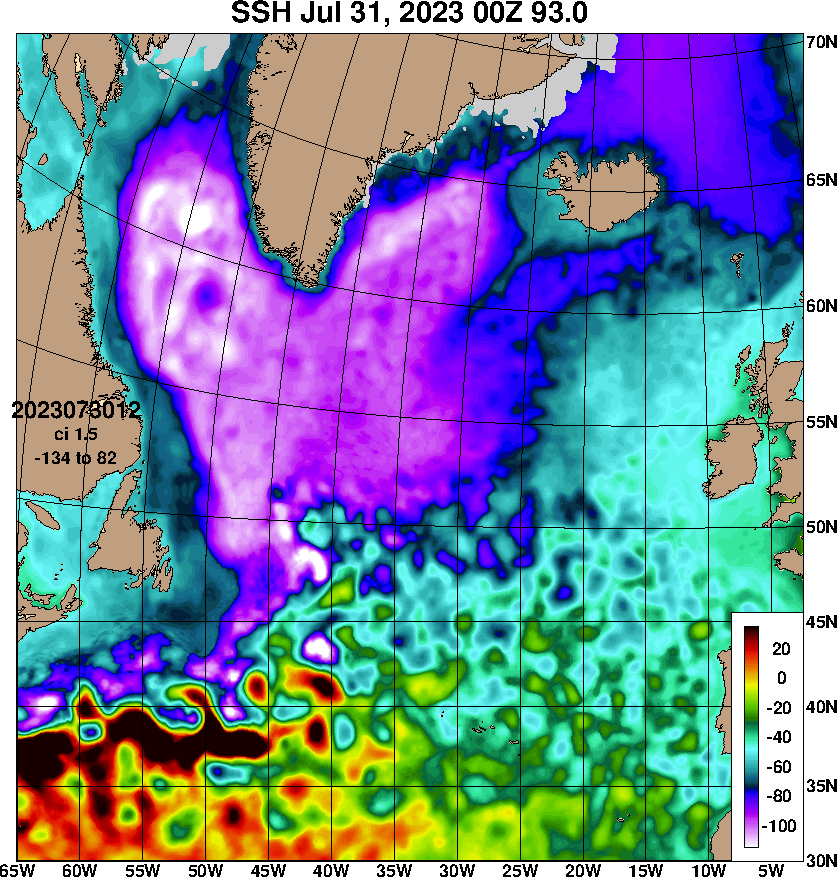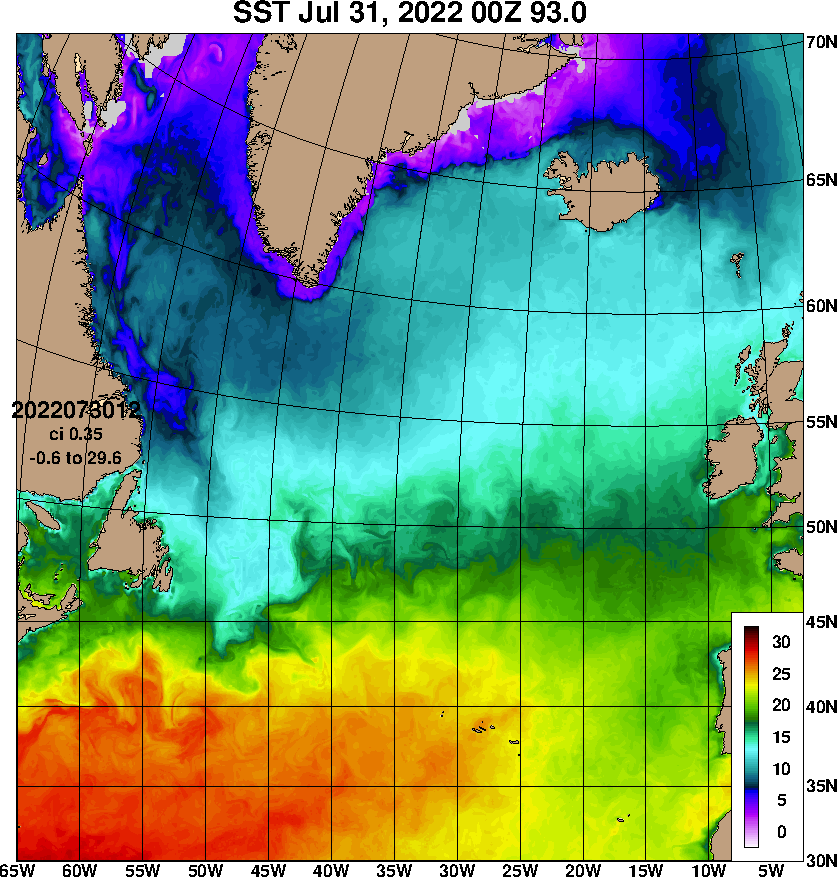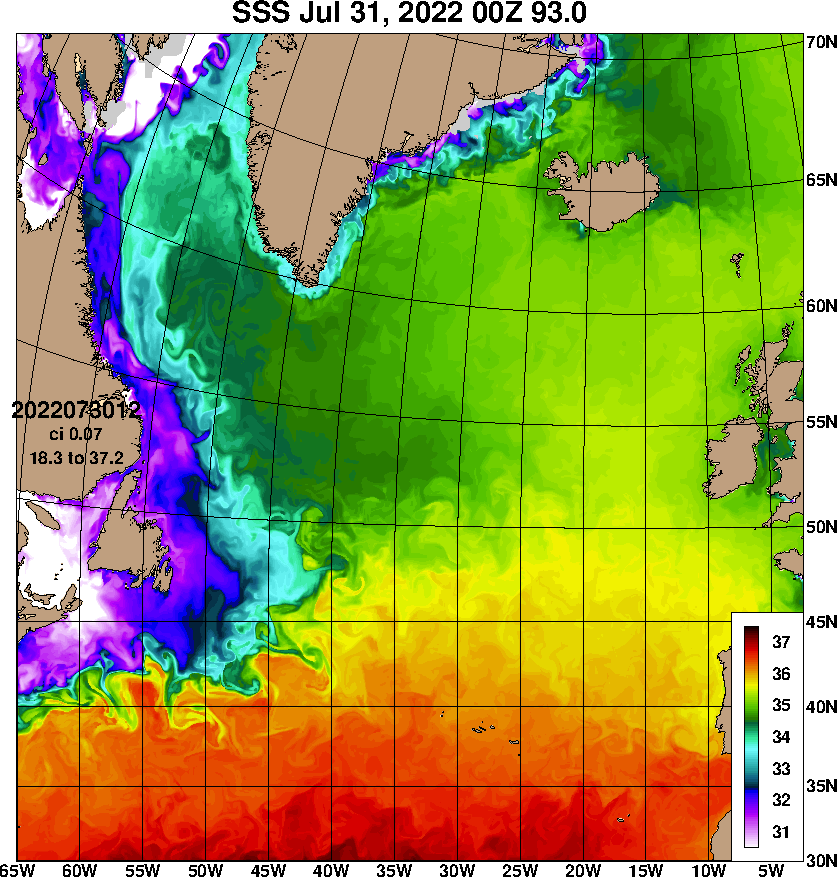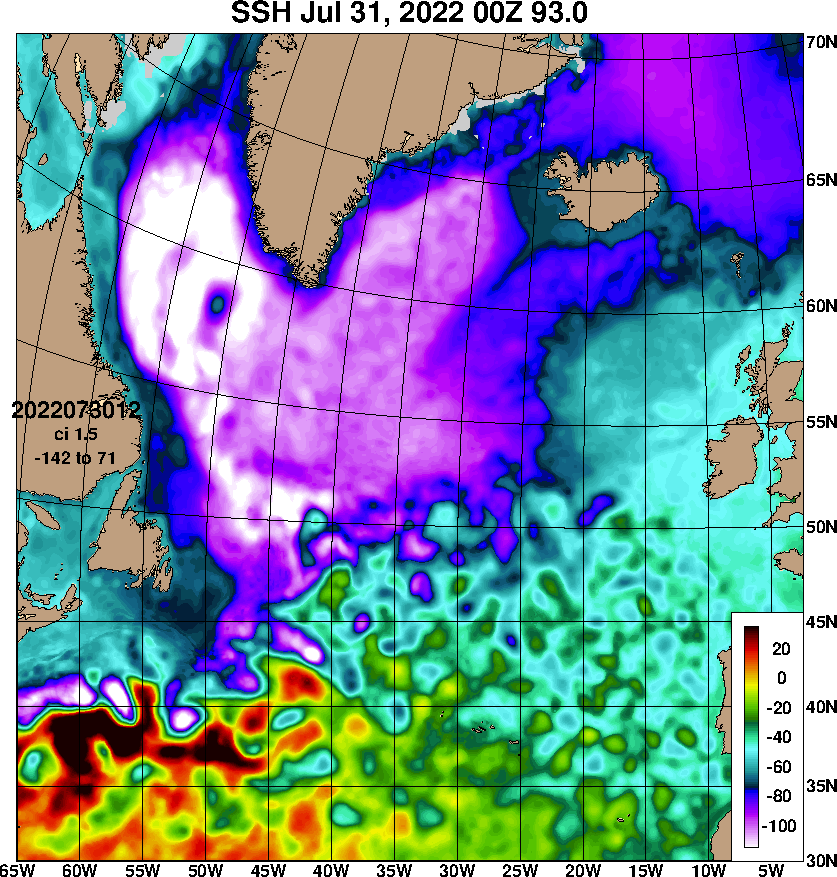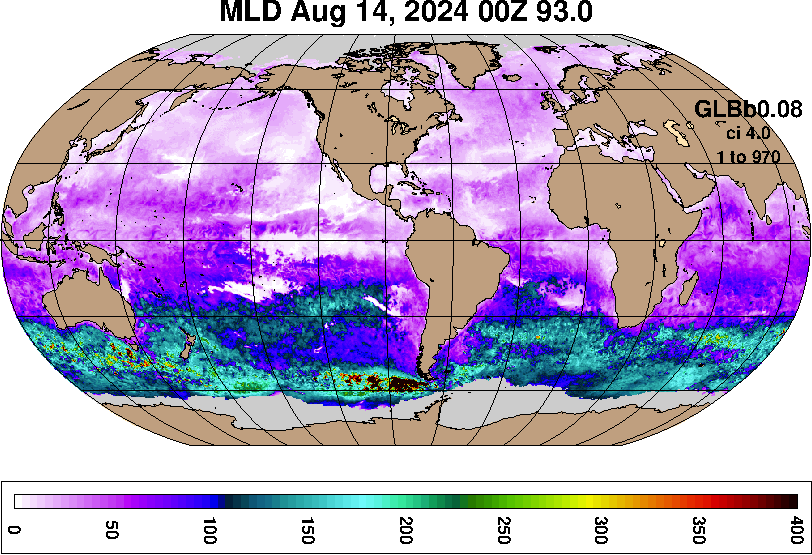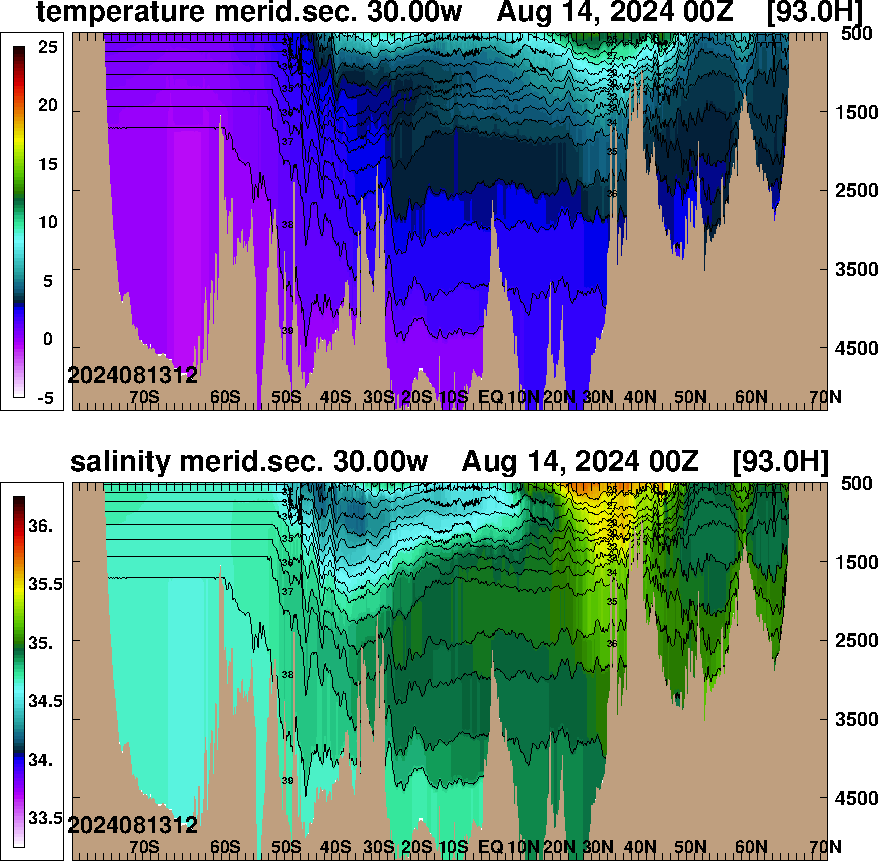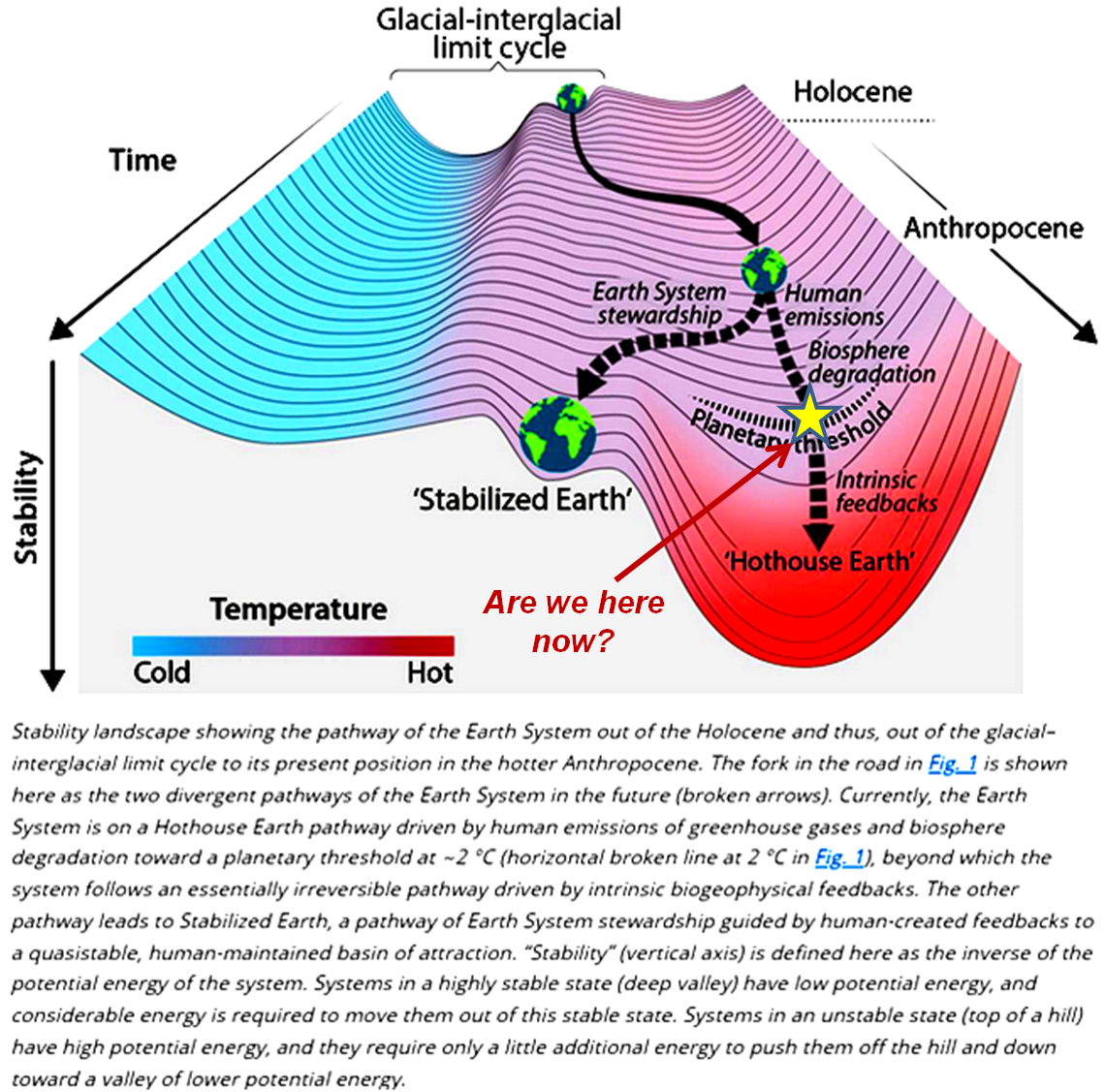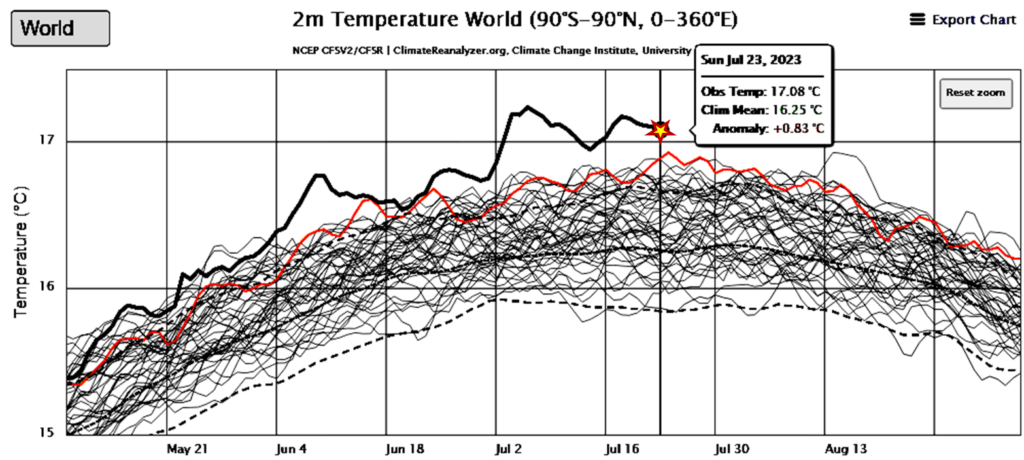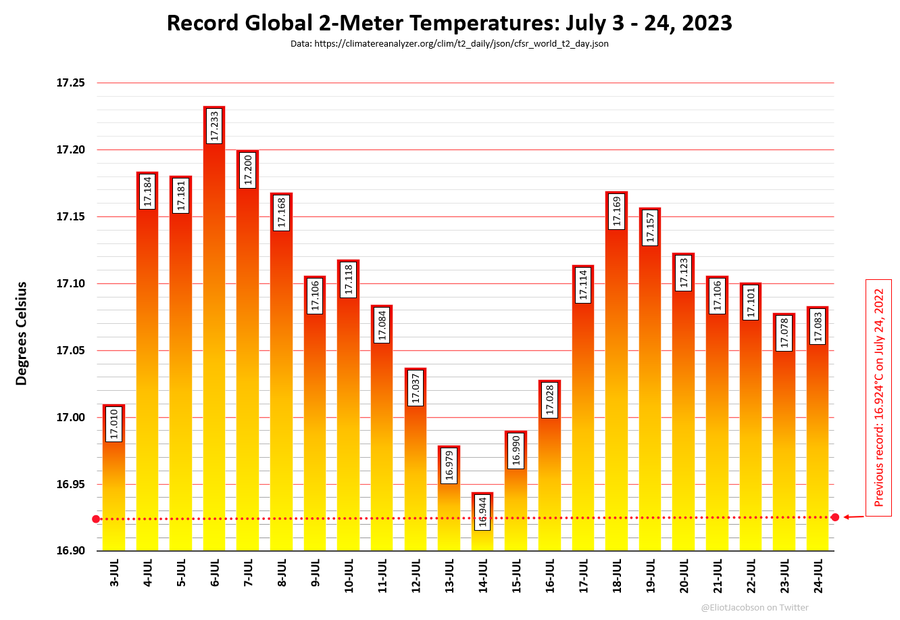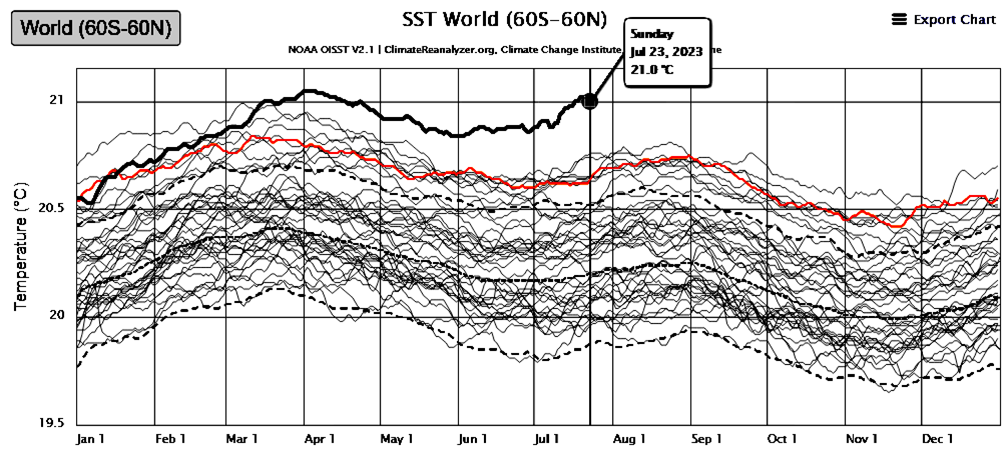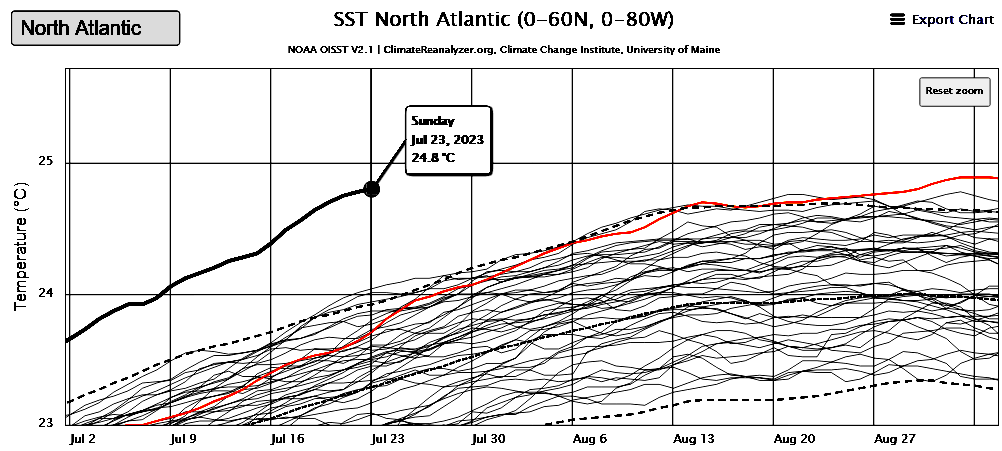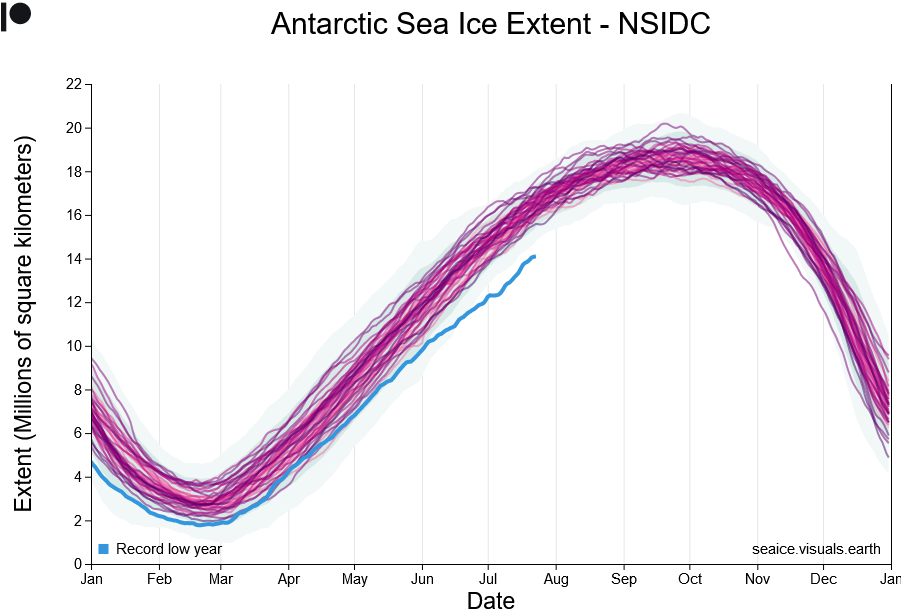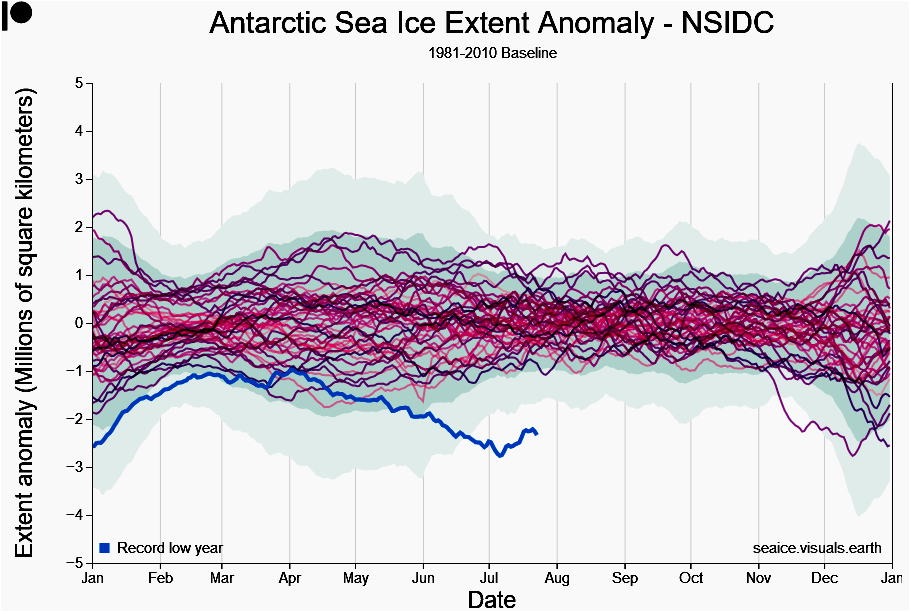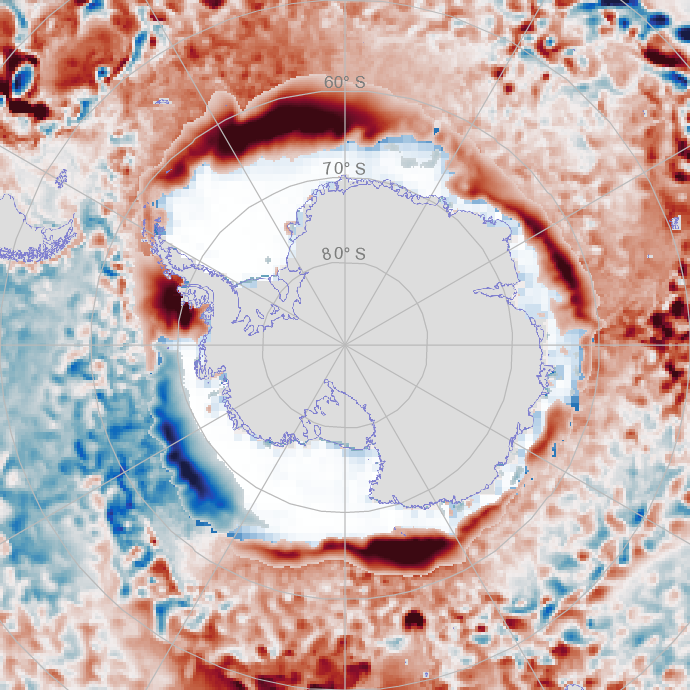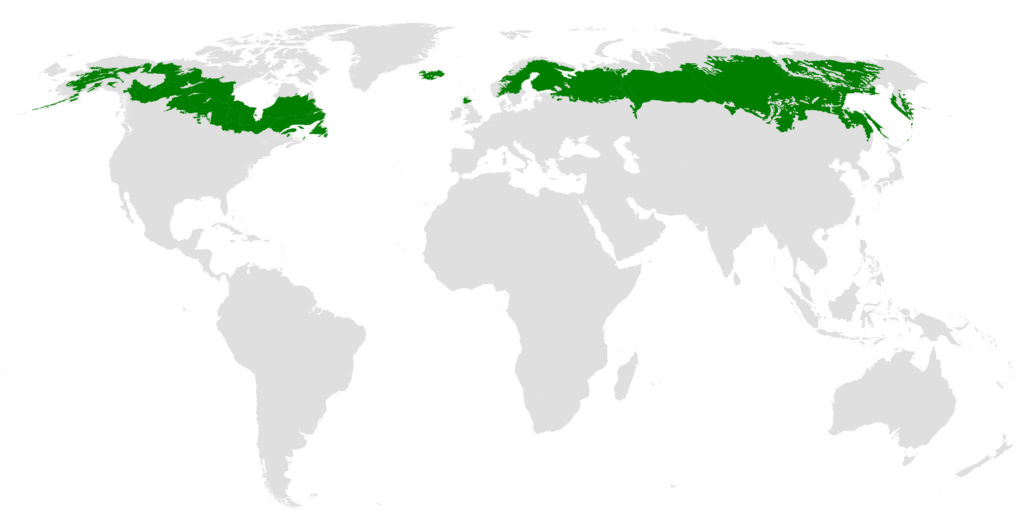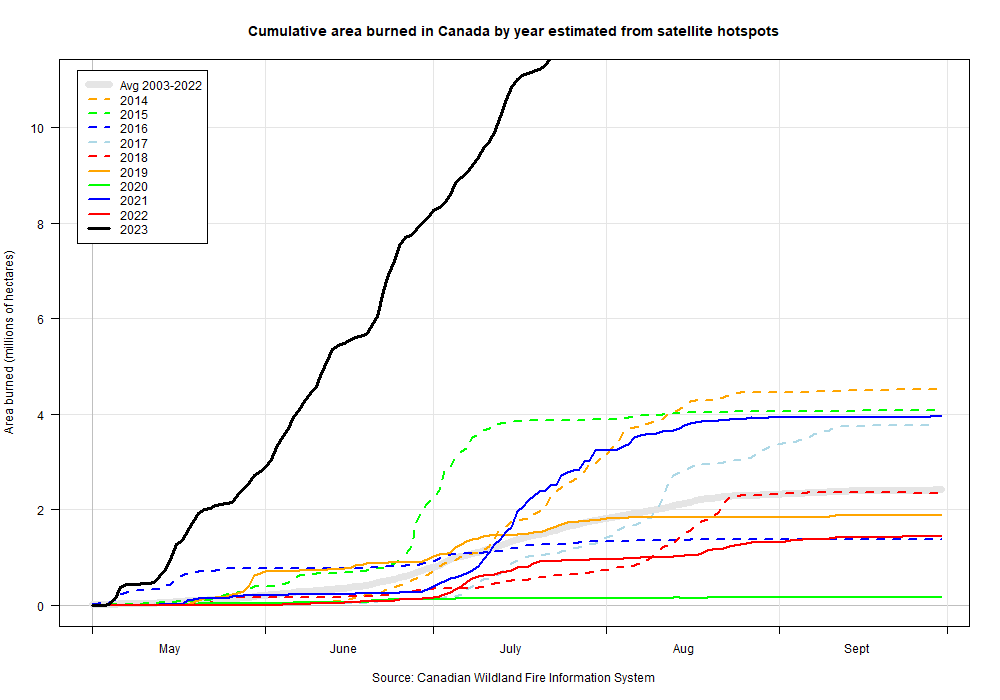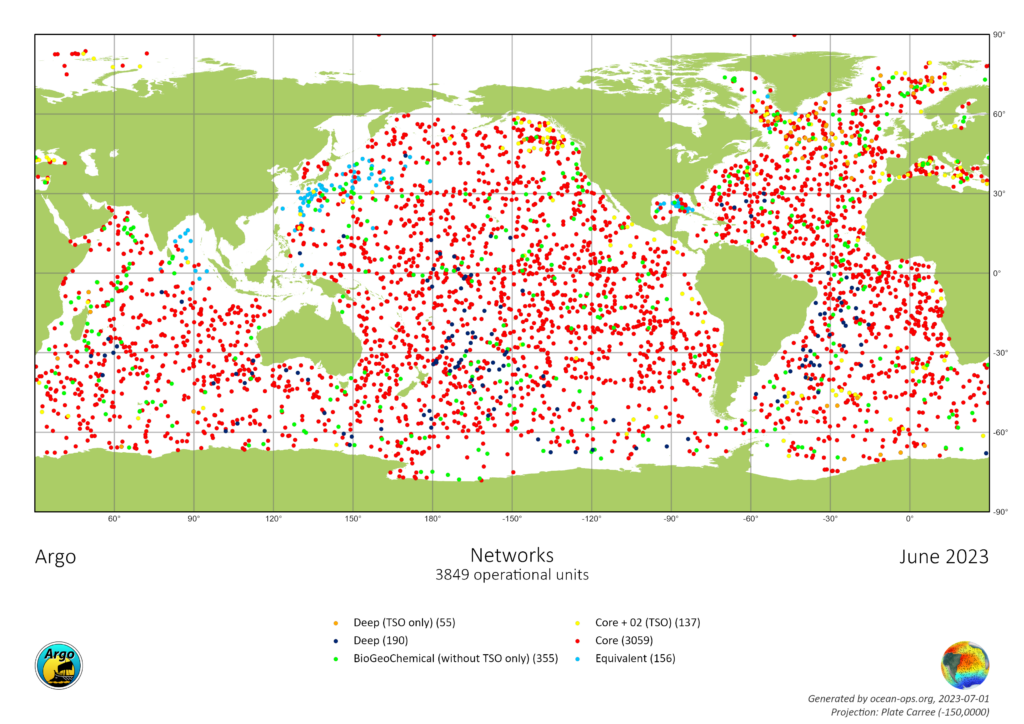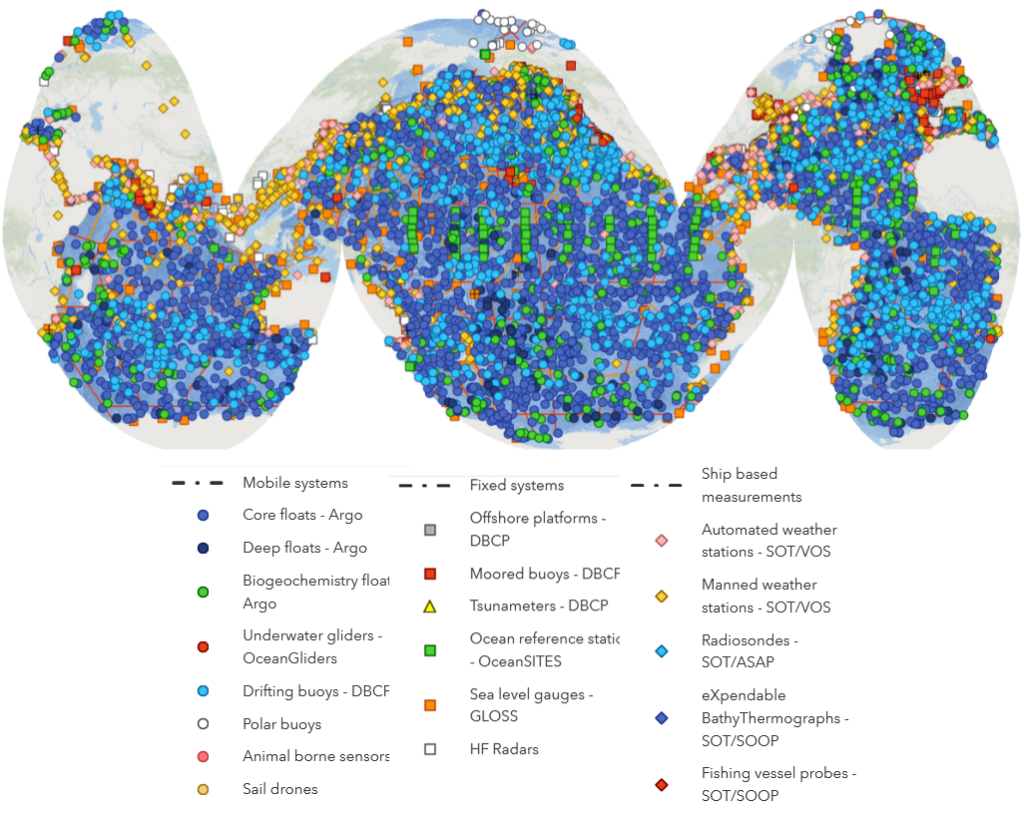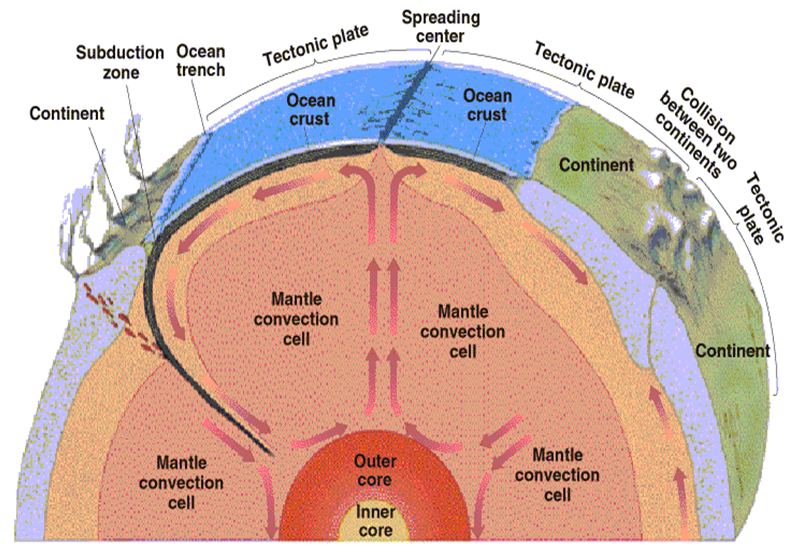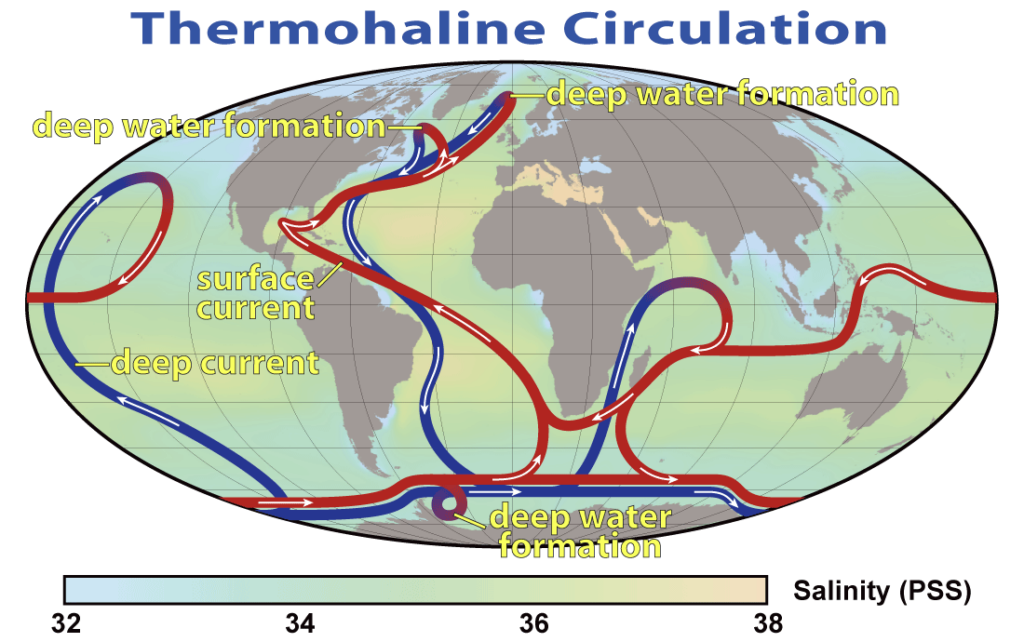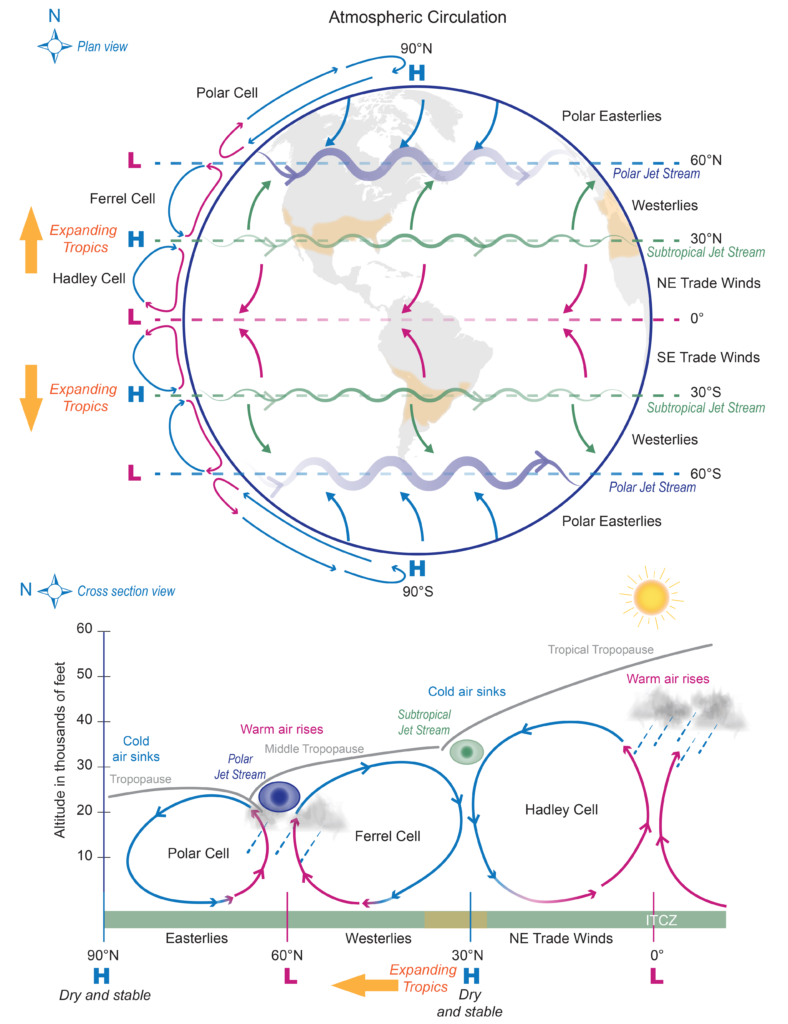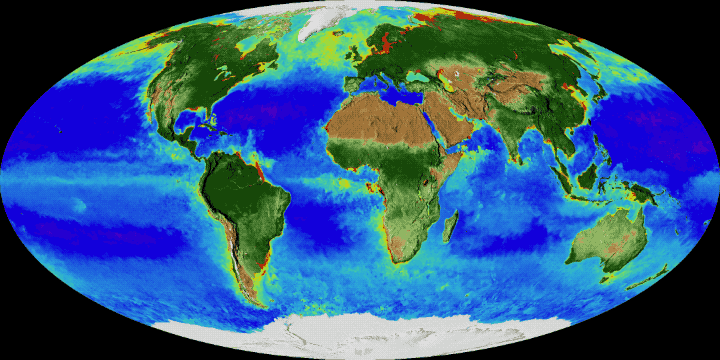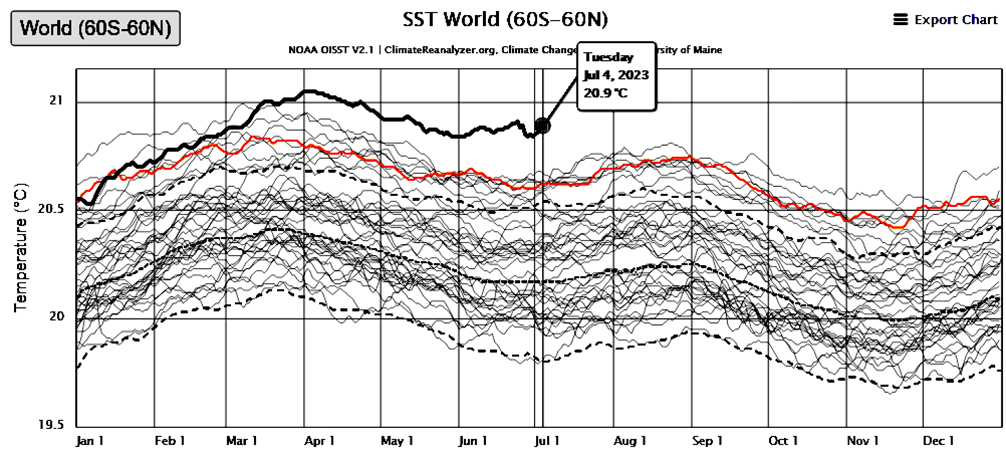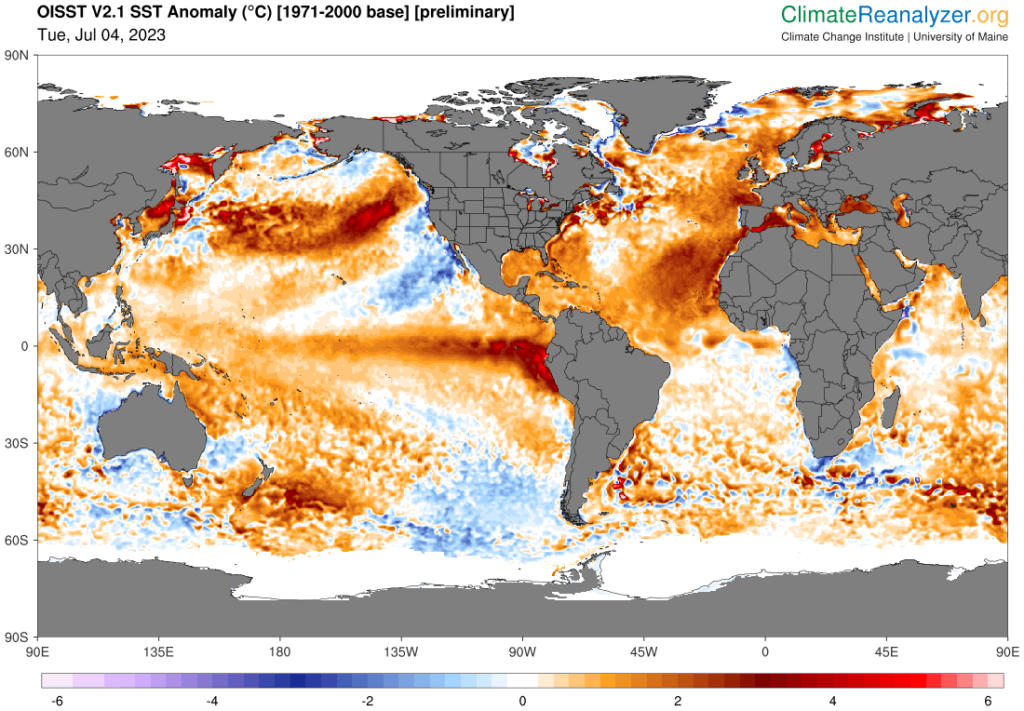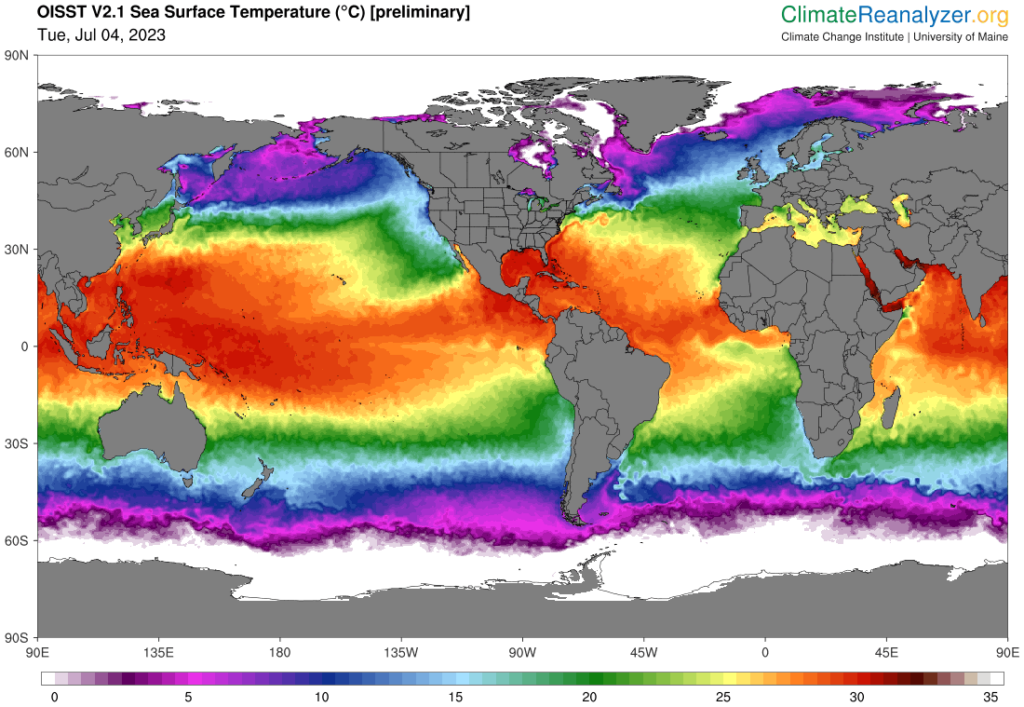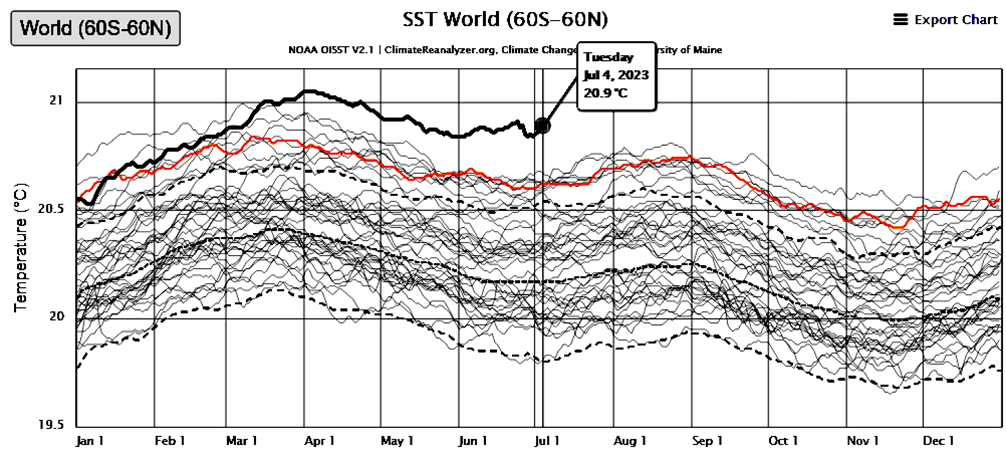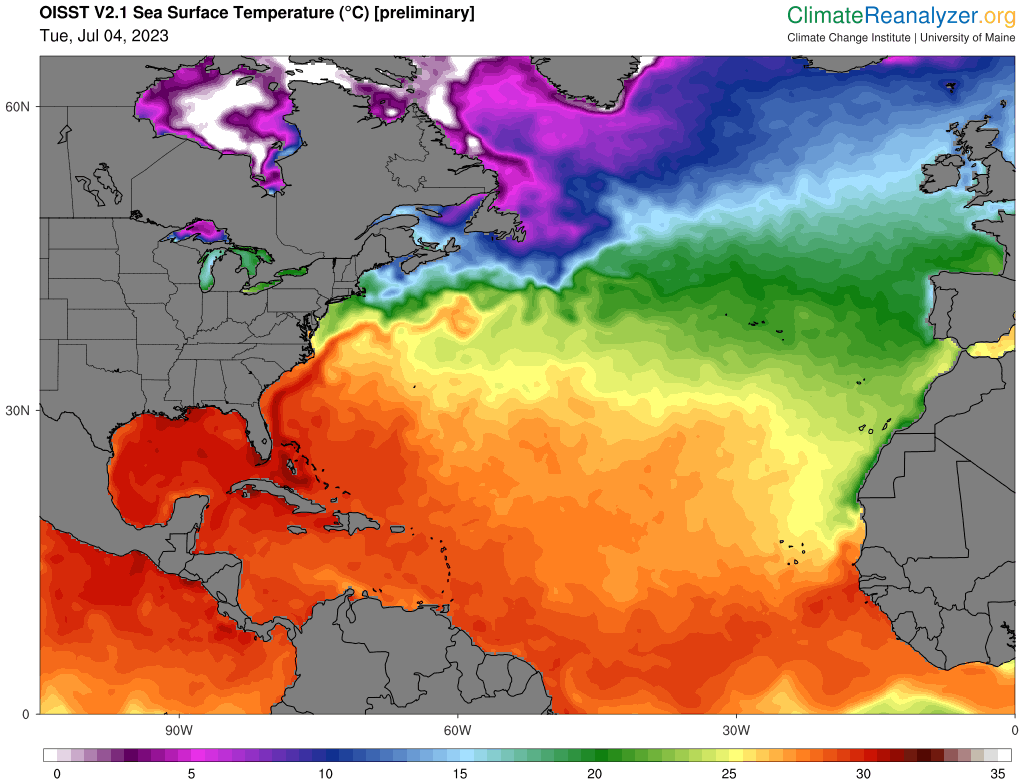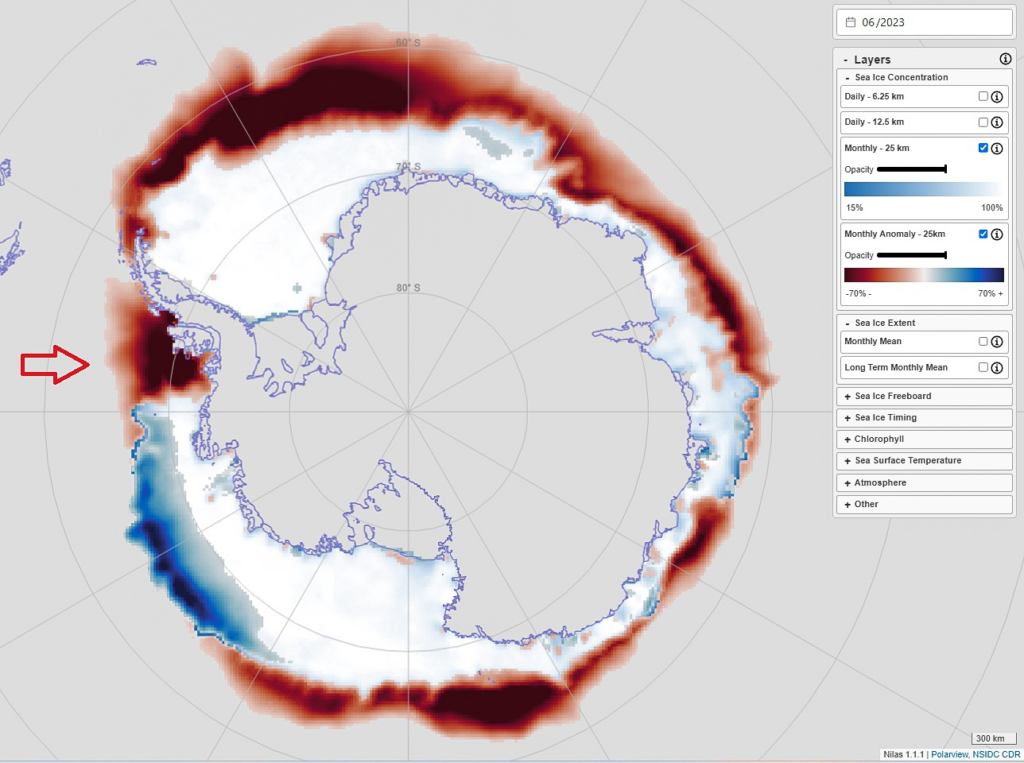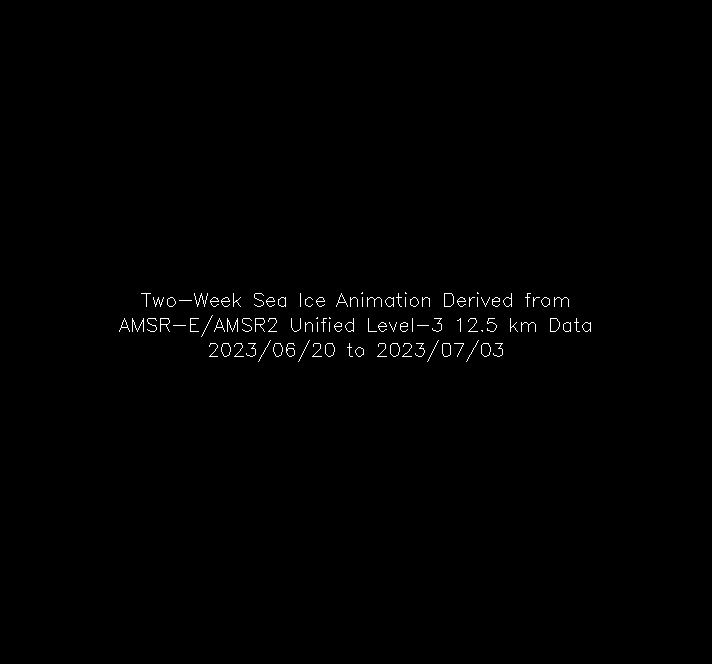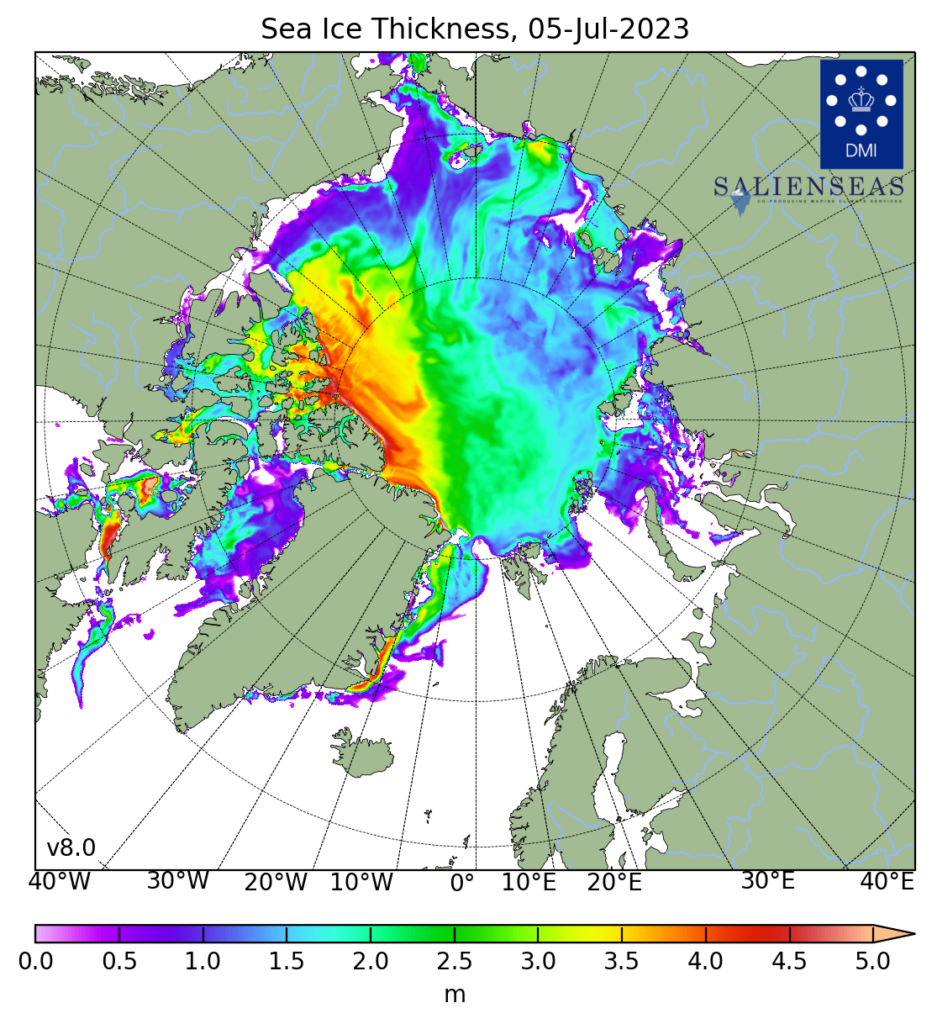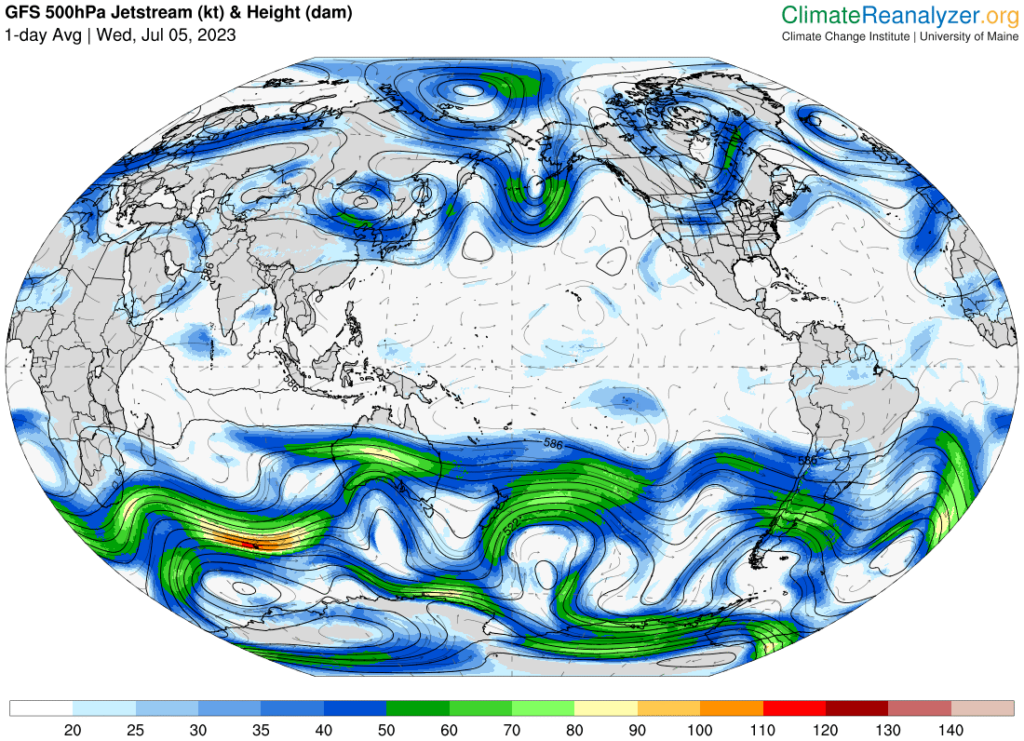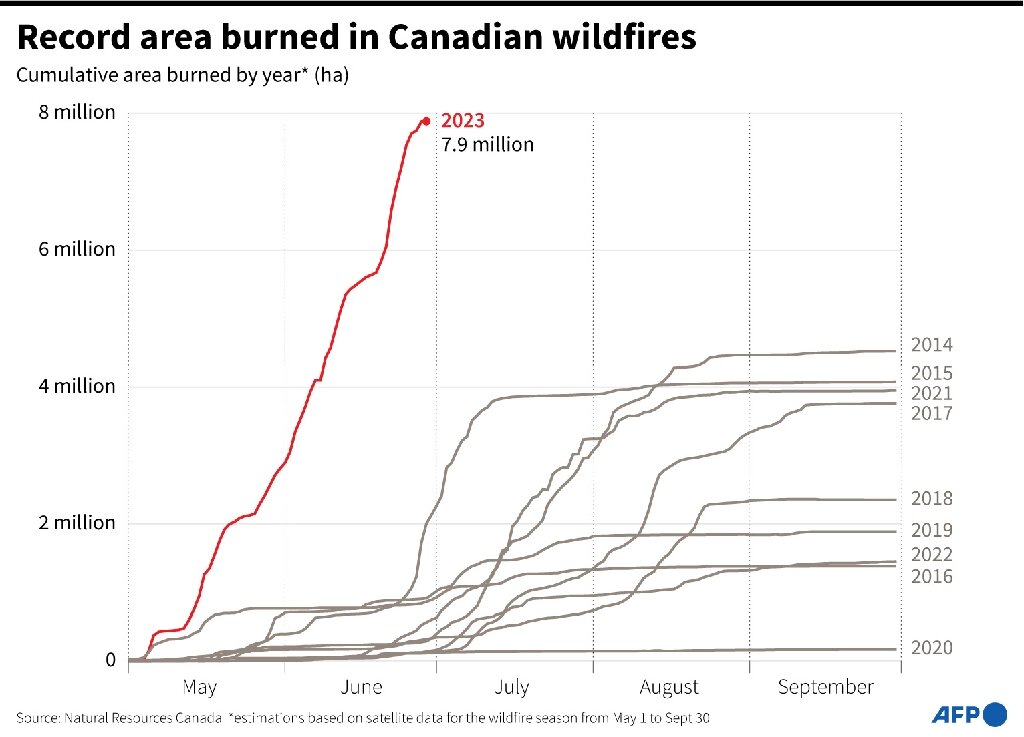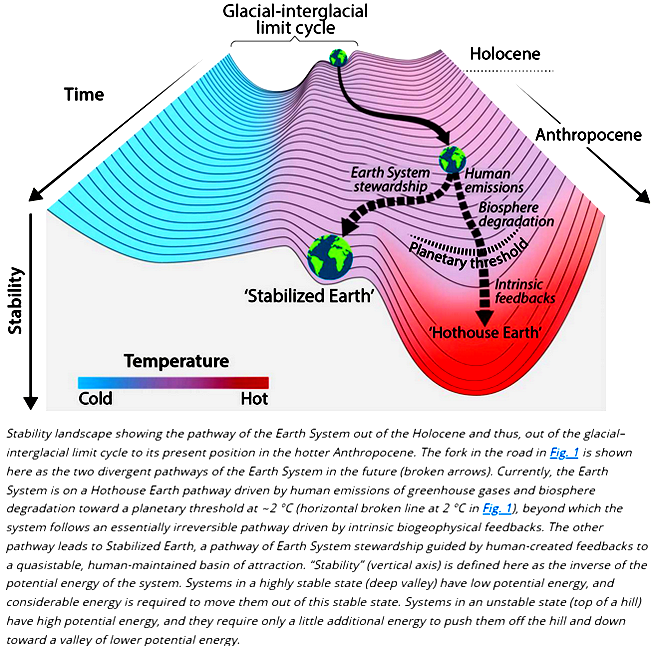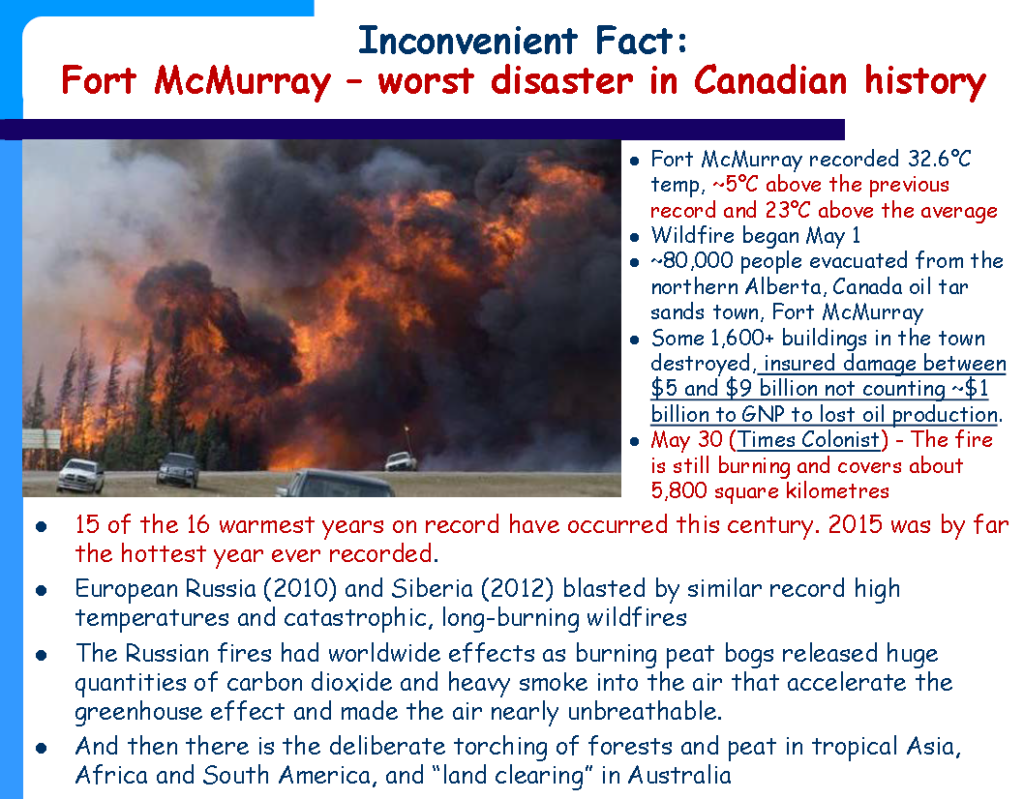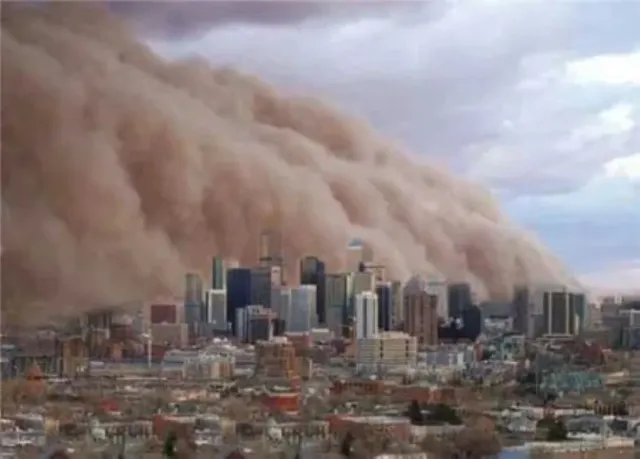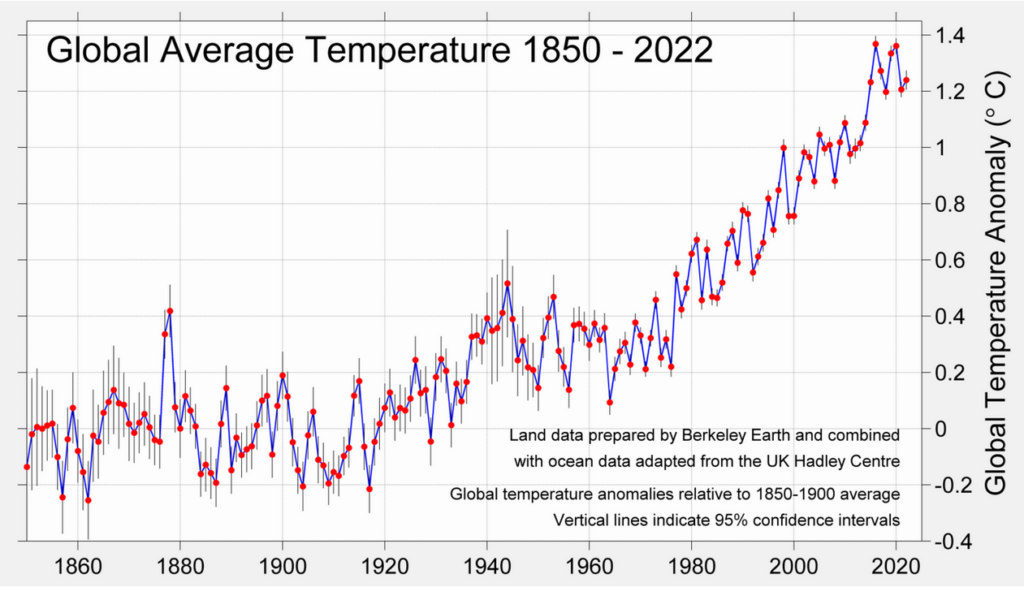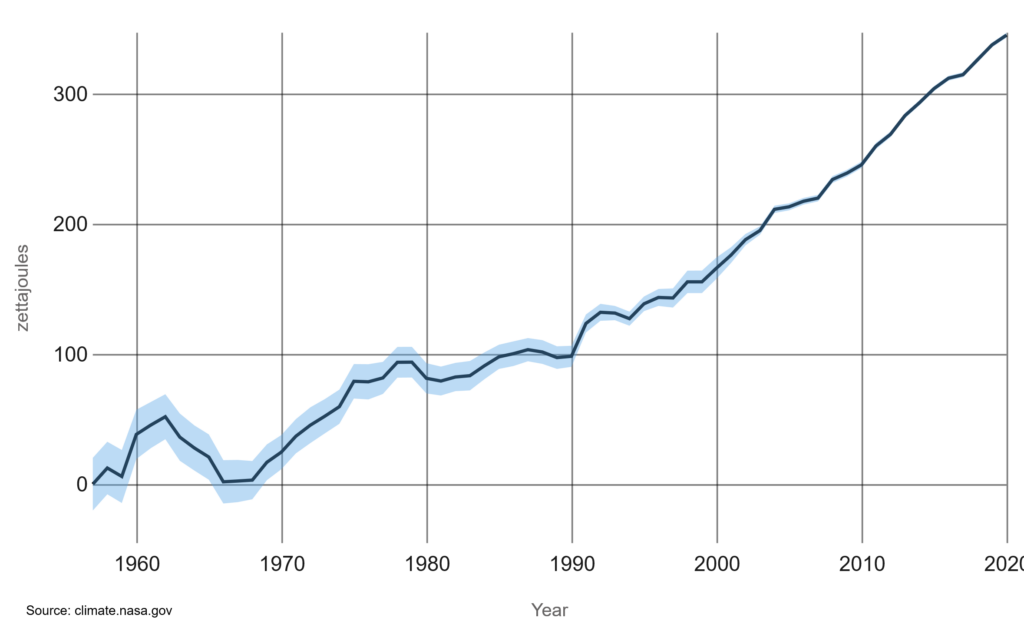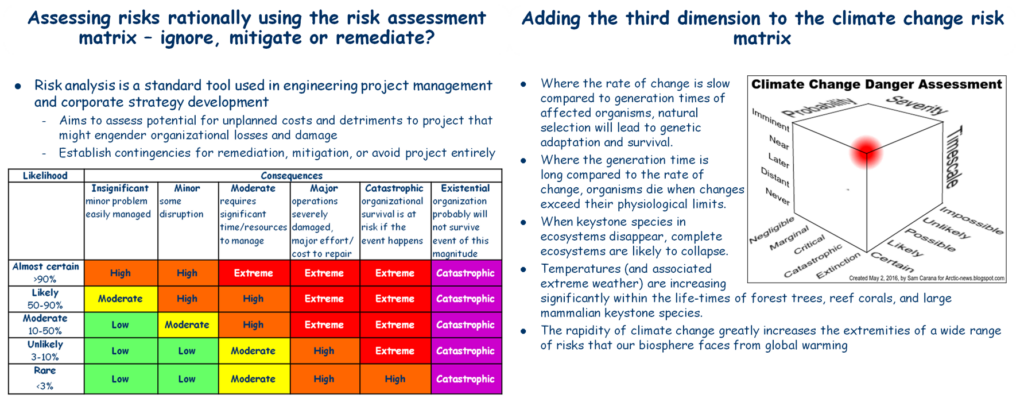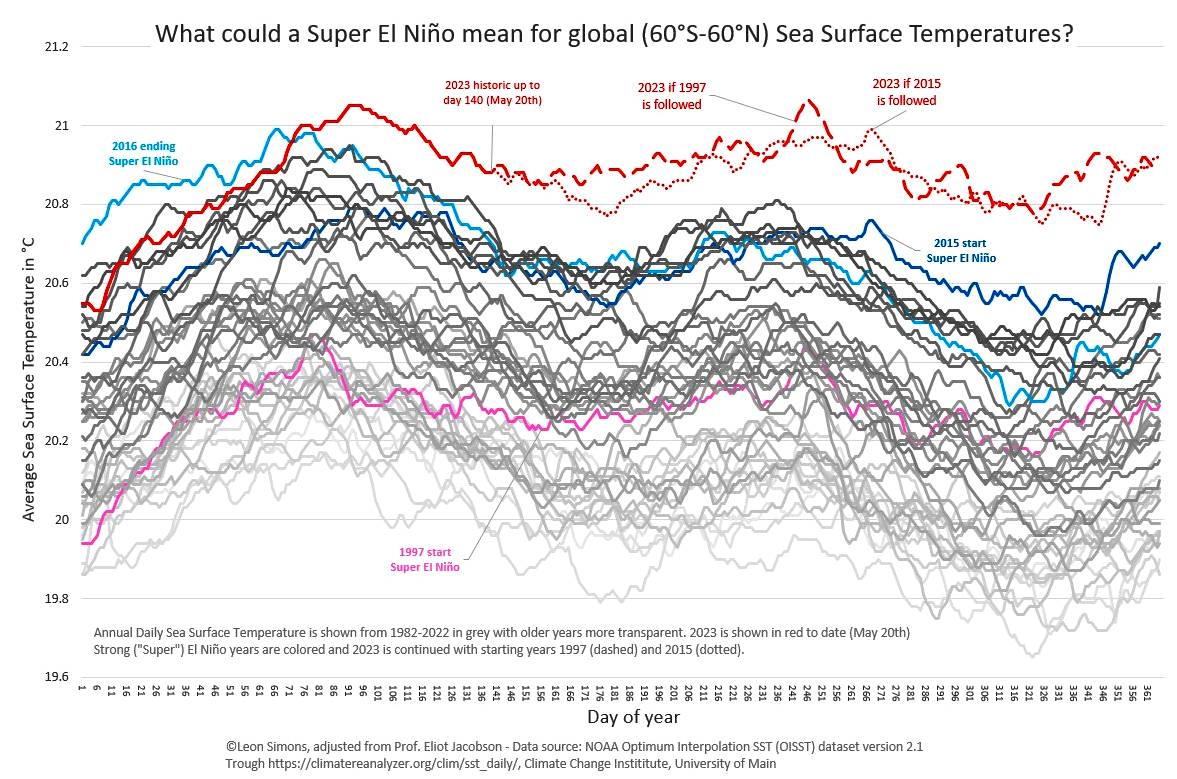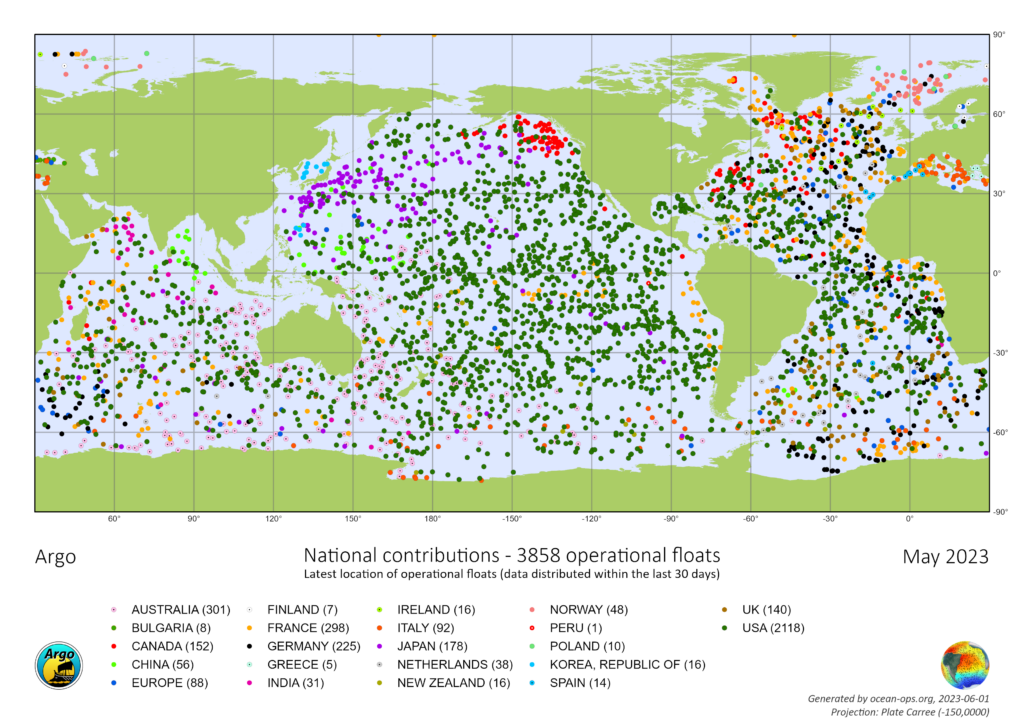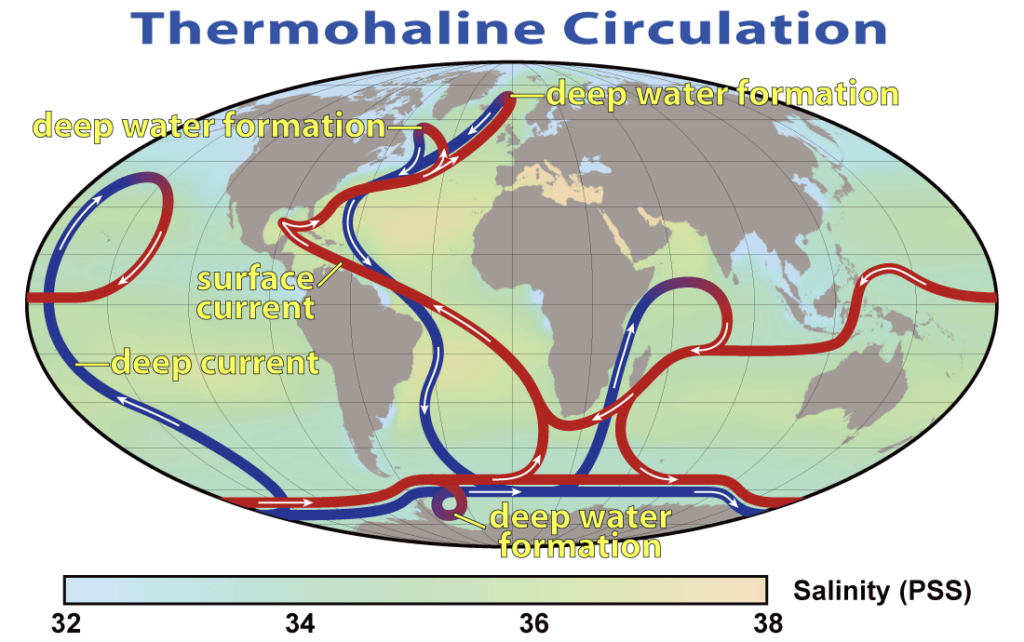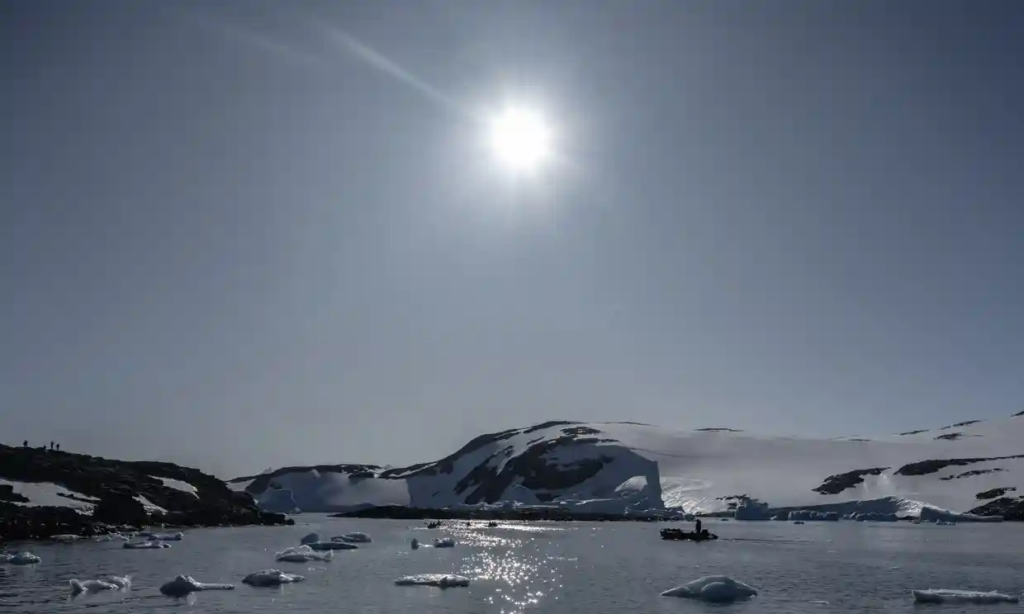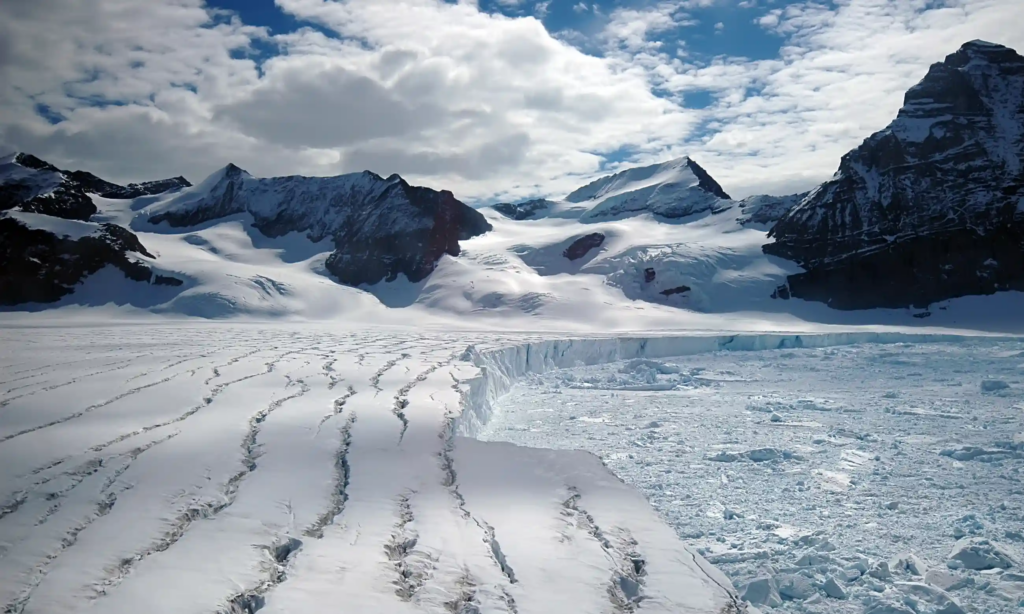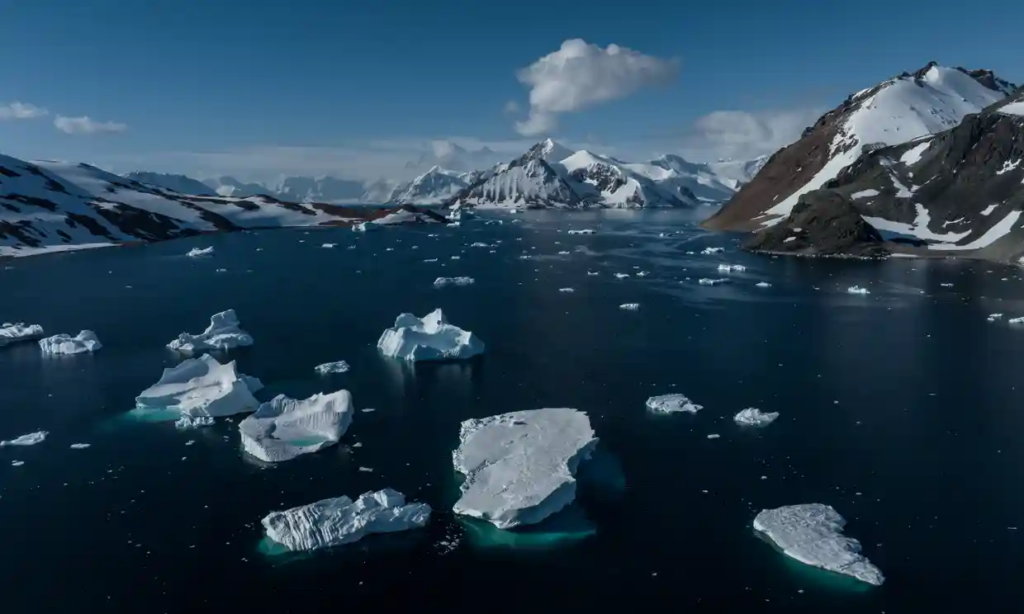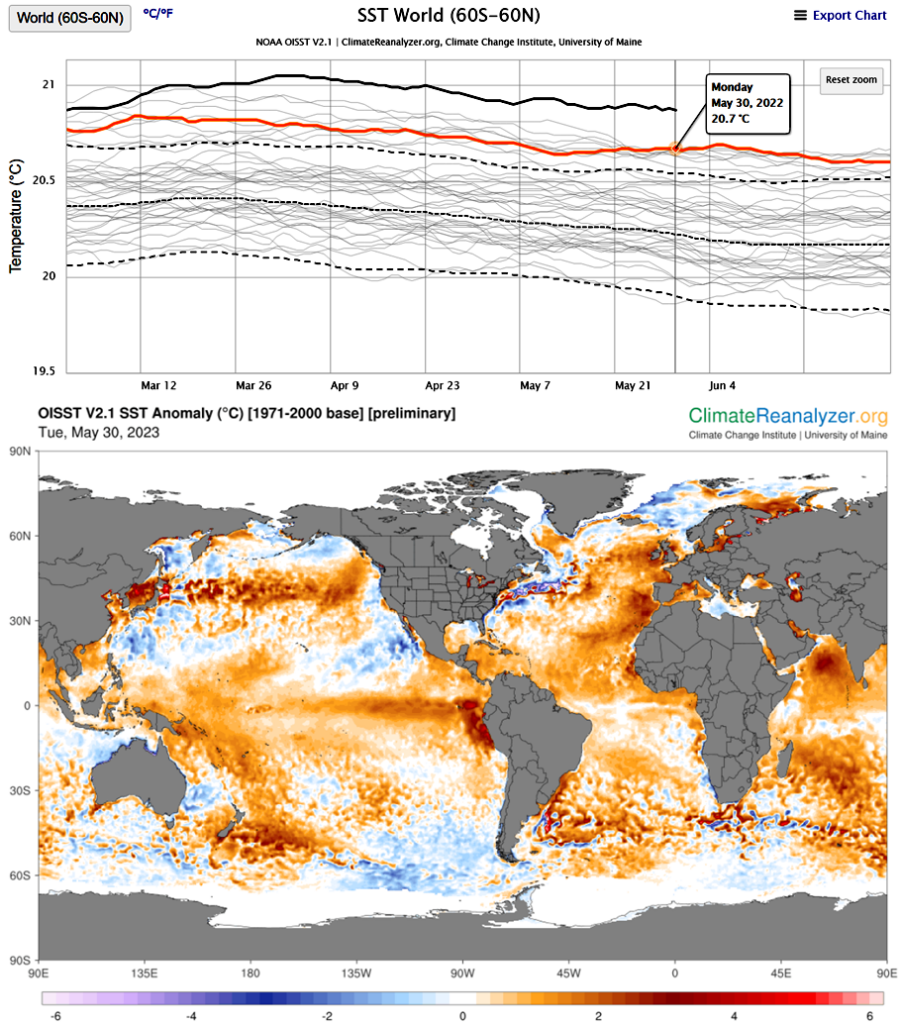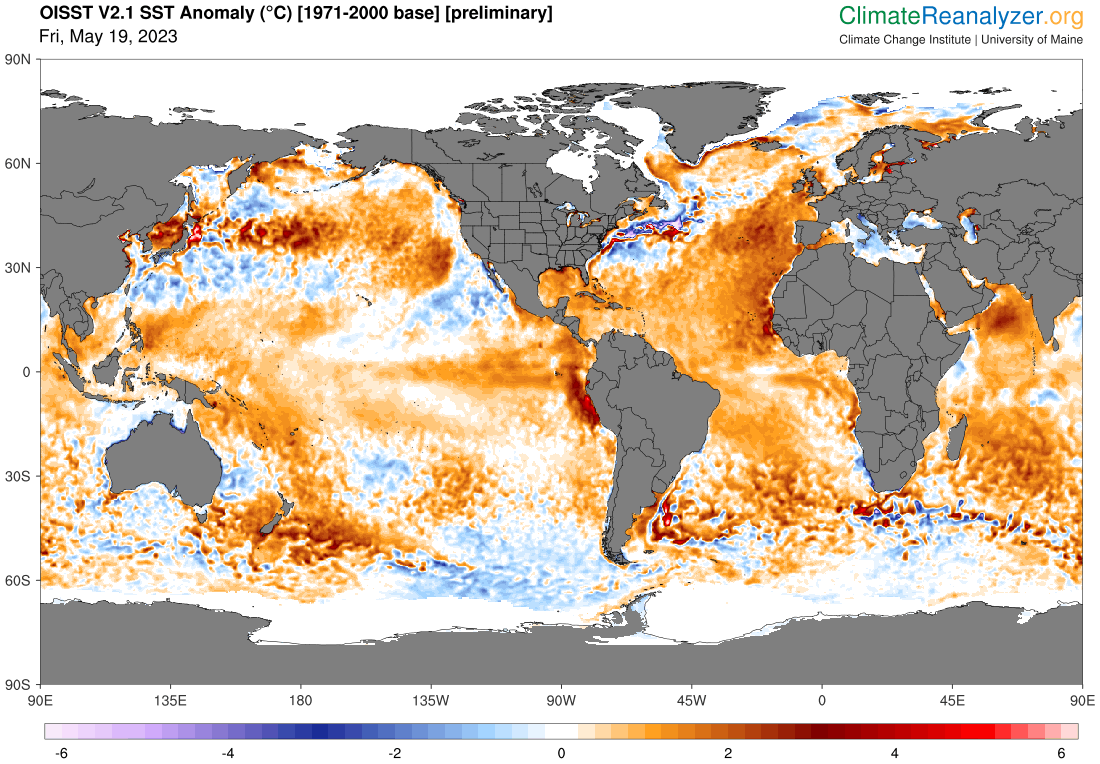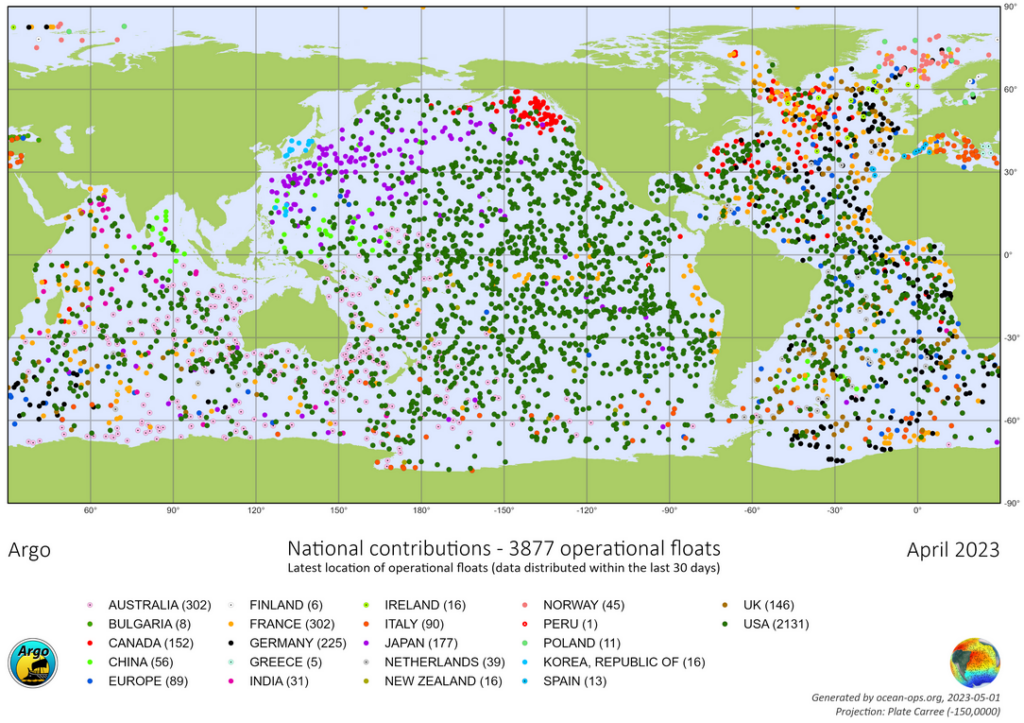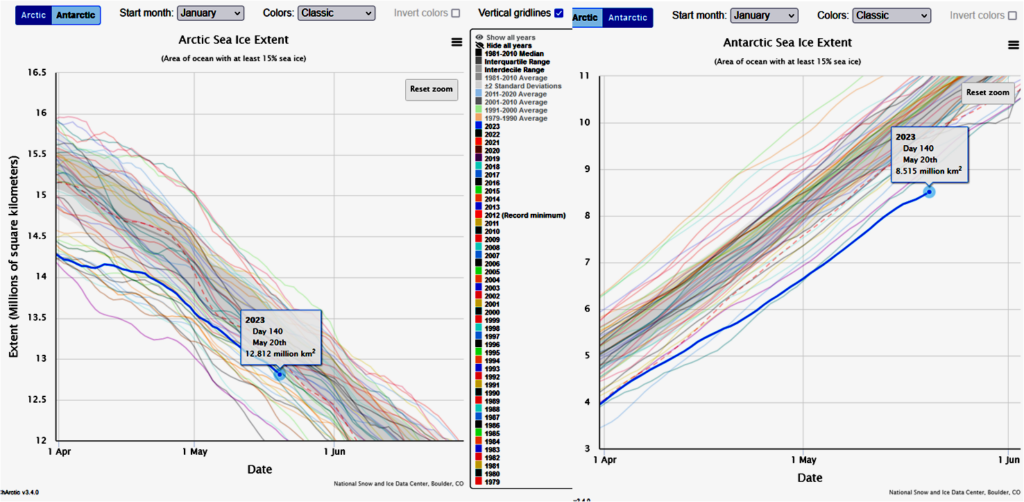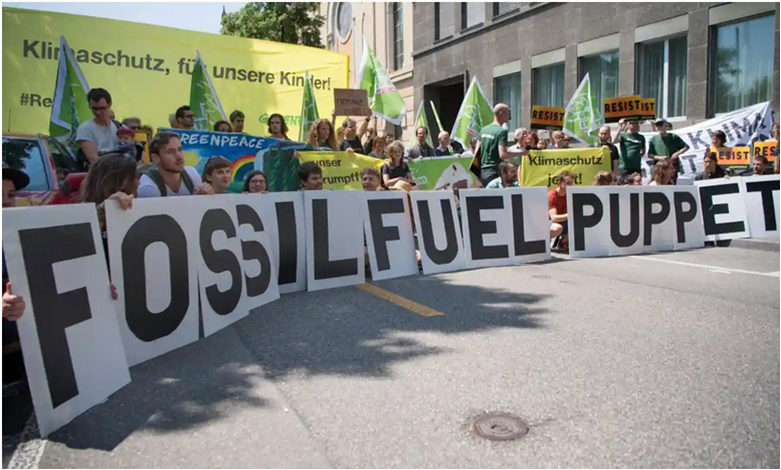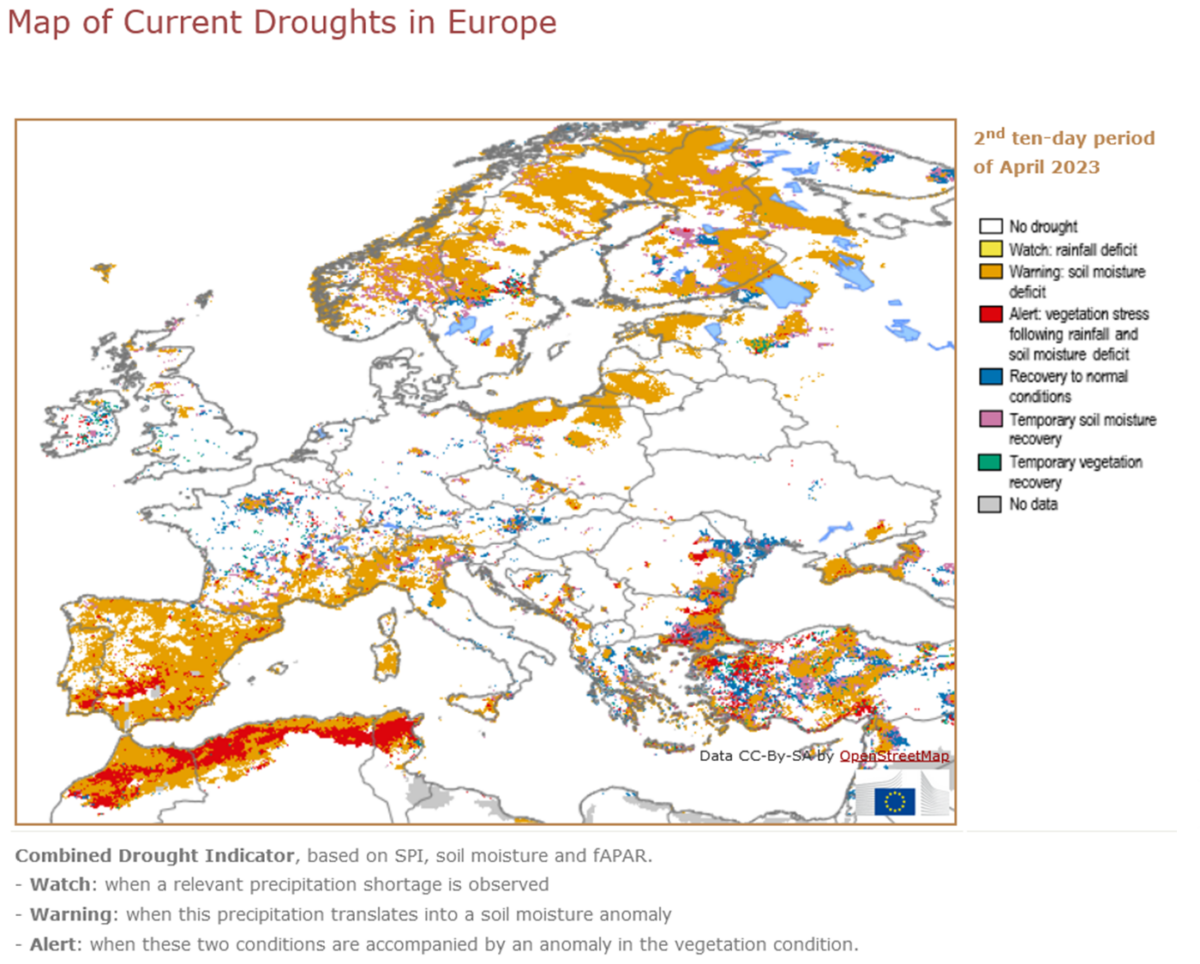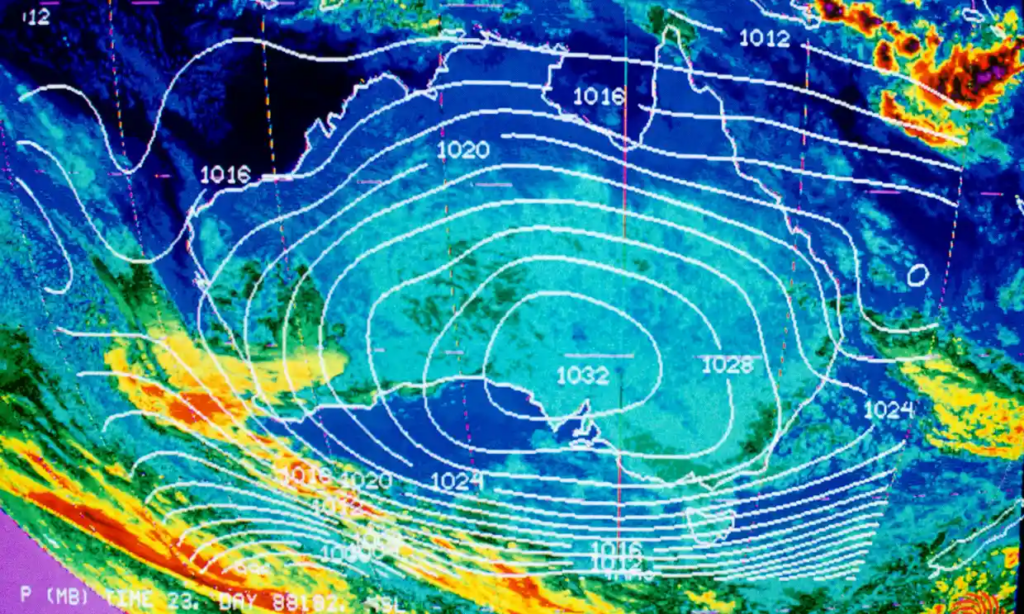Gov’t fiddling while Australia faces global burning
Labor Gov’t slashes vital Antarctic research by $25 M while promoting fossil fuel production/export and gifting $200 million to Aussie sport despite the desperate need to understand how unprecedented Antarctic ice and oceanic conditions relate to the climate crisis.
Anthony Albanese and the federal Labor government are supposedly concerned to keep Australians safe. Yet, if you listen to what they say,
- It is necessary to save money by cutting $25 m from Antarctic research into why such a record shattering low amount of sea ice has formed this winter — a phenomenon that seems to place the whole of the human species at risk of near term extinction if we fail to understand and mitigate the risk. See what the science journal Nature says about this: (16 Aug 2923) Australia’s Antarctic budget cuts a ‘terrible blow for science’
- It is more important to spend $200 m in voters’ tax dollars on cake and fairy floss (for girls sports) because the Matildas came 4th in the contest for the World Cup (see more below).
- It is more important to cater to whims of fossil fuel with subsidies the Australia Institute estimates to be worth $57.1 bn over the forward estimates (see more below).
- It is more important to grovel to America and the UK by spending $268bn to $368bn over the next ~30 years ($10 bn per year!) for delivery of 8 nuclear subs able to project our ‘power’ around the world in the by and by (the majority of these costs would also go overseas) when we could build 20 air-independent subs, a huge kit of other defensive weapons & related infrastructure, with $hundreds of billions left over (see more below).
I would call this government malfeasance of the highest order!
NO SINGLE POLITICAL PARTY SHOULD EVER AGAIN BE GIVEN THE MAJORITY POWER TO GOVERN FOR ITS OWN BENEFIT !
A couple of news items and some basic data on our only planet may make the claim of malfeasance more real.
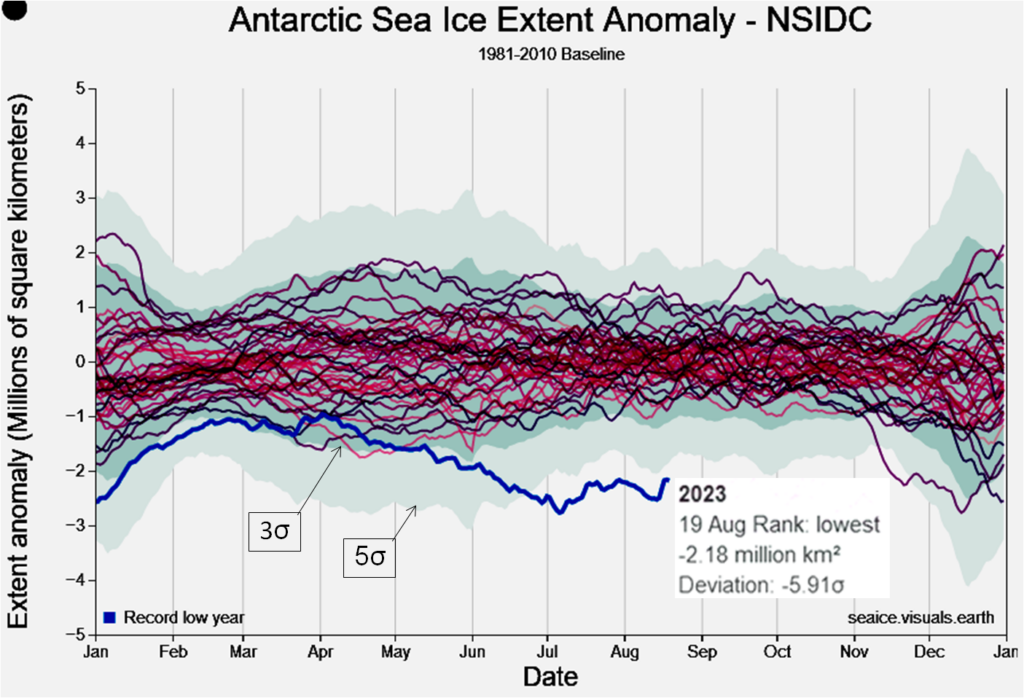
News Corp, 2 Aug 2023
Vital research interrupted as Australian Antarctic Division faces budget woes
As many as 56 Antarctic research projects could be cancelled, delayed or restricted, said an email sent from the Australian Antarctic Division (AAD) to its staff.
The email stated that the division was facing budget constraints and would need to locate $25 million in savings in order to deliver the planned projects, which include studies into the diminishing sea ice, declining penguin populations, and the “cleaner Antarctica program”, an initiative designed to remedy damage caused by human activity such as oil spills.
Further information from anonymous insiders confirmed that two of Australia’s Antarctic research stations would not be fully staffed during the upcoming summer season, when scientific research at the south pole is usually at its peak.
The announcement comes at a crucial time for scientists, many of whom say this research is more important than ever.
Just last week, it was reported that Antarctic sea ice levels are at a record low, with ice that is normally recovered over the winter being absent – an event that would naturally occur only once every 7.5 million years. [this assumes that the variation is random, but clearly, this record is not random as the deviation has lasted for months, and many other climate indicators are also going crazy at the same time for similarly long periods]
…
“It couldn’t be any more catastrophic to hear at the moment, considering we’re seeing these incredible changes, particularly the sea ice right now. We’re seeing so little sea ice relative to what we normally see this time of year.”
“If there’s a gap in data collection, it’s catastrophic for our understanding. If we have data up to a certain date, and then we have a gap for three years, five years, and then we start the data set again, it doesn’t make it useless. But it makes it really hard for us to get that understanding that we need.” [Especially when we need that information right now!]
Read the complete article….

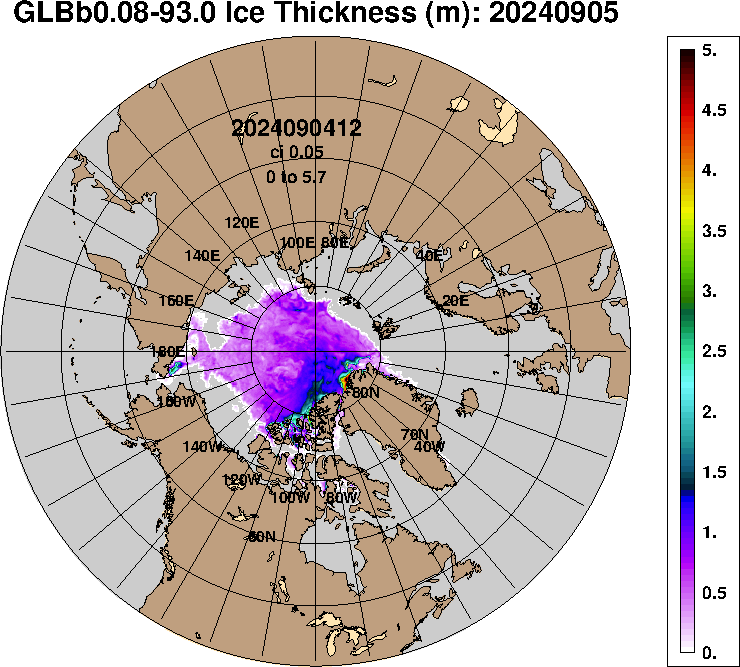
These three CICE charts are a product of the US Naval Research Lab’s GOFS 3.1 Global Ocean Forecasting System. See also Wikipedia: Measurement of sea ice. Other products for both poles provide similar ocean graphics for Sea Surface Salinity (SSS); Sea Surface Height (SSH) – as the ocean warms, it expands so the surfaces of warmer volumes will rise above mean sea-level; and CICE Speed and Drift. They also provide GIF animations of the last 30 days variation for all plots, and daily plots back to 2014. Except for the ice-related products, all of these measures are provided for global oceans and subregions.

Tony Sheppherd, 19 Aug 2023 in The Guardian
Albanese government to pledge $200m for women’s sport after Matildas inspire Australia
In the wake of the Matildas’ World Cup performance, the government will unveil new funding and changes to TV bidding rights for sporting fixtures.
The Albanese government will promise $200m to improve women’s sporting facilities and equipment after the Matildas’ historic Women’s World Cup run sparked an unprecedented outpouring of support for women’s football.
As the Matildas prepare for their third-place playoff against Sweden in Brisbane on Saturday, the government will declare the national team had “changed sport forever”, while unveiling a new funding package and flagging moves to make more major events available on free-to-air television.
…
The prime minister, Anthony Albanese, will announce a new grants program, called Play Our Way, with money available for all sports. The government expects soccer will need a significant amount, given clubs have seen a “mind-boggling increase in interest” in the wake of the World Cup.
The grant guidelines have not been completed, but the government said the money would go to “promote equal access, build more suitable facilities, and support grassroots initiatives to get women and girls to engage, stay, and participate in sport throughout their lives”.
[The total budget for the Antarctic Division is around $800 million…; The ANKUS Submarine Project will cost between $268bn to $368bn between now and the mid 2050s – assuming society doesn’t collapse from ‘global boiling’ and precipitate global mass extinction before then.]
Read the complete article….

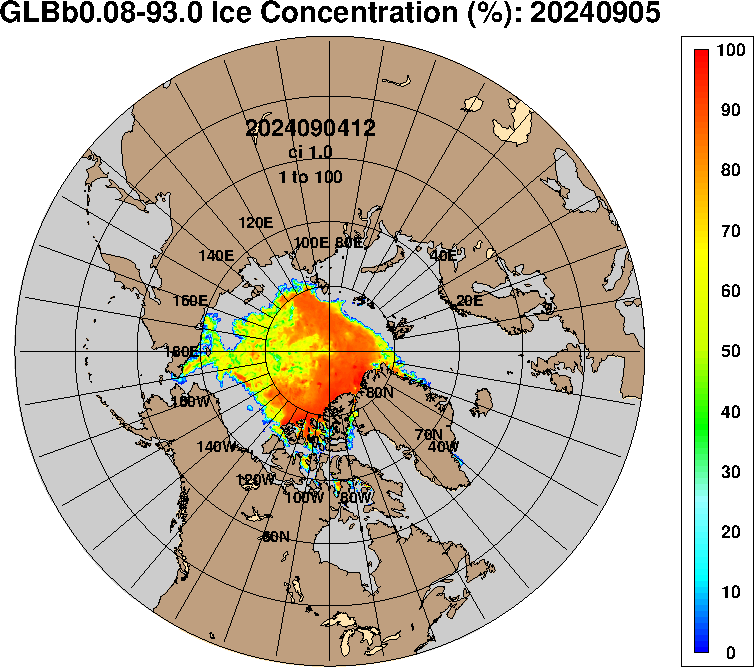
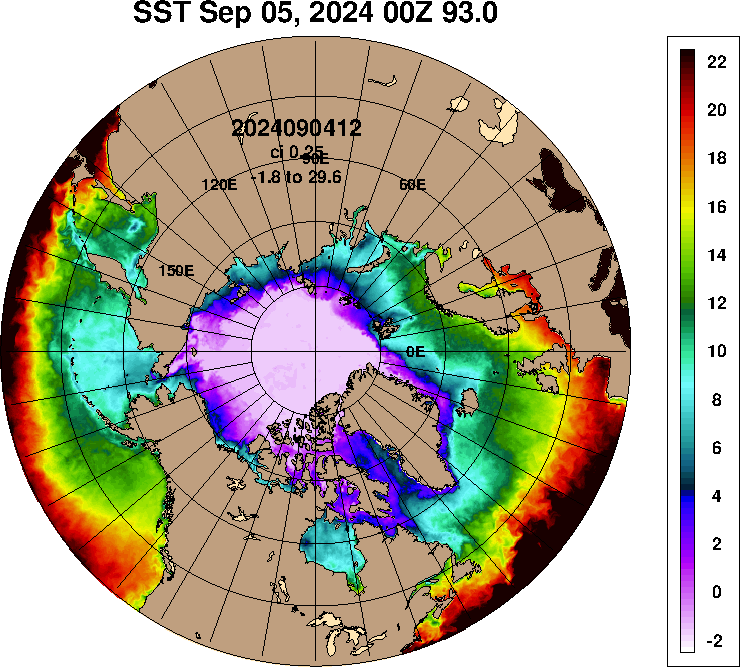

Northern Hemisphere and Southern Hemisphere jet streams from ClimateReanalyzer’s Today’s Weather Maps. Normally each hemisphere has two circumferential jet streams: Polar and Sub Tropical. In the Northern Hemisphere the winds are mostly too slow to be considered as jet streams at all (> 60 kts) and essentially completely chaotic. This accounts for the frequent, long-lived, mostly motionless, and extreme heat domes promoting unprecedented flash droughts, wildfires, and floods. In the Southern Hemisphere, the winds are of jetstream strength, but again they seem somewhat confused and chaotic which may be associated with the extreme anomalies in sea ice.
What do these measures signify?
On its own, any one of the unprecedented deviations from ‘normal’ climate behavior over the last 40 years or more shown the the graphics above would be scary/remarkable. The fact that several different global measures are more or less simultaneously show similar degrees of (or even growing!) deviation over several months should be sounding emergency warning sirens around the world.
Reports posted to all Australian parliamentarians last month (available via VoteClimateOne.Org) provide more detail and explanation of these and other climate measures documenting the accelerating crisis: Cover Letter – 5 July 2023 and Australian MPs: Act Now! Later may be too late. These, in turn, link to still more recent data on Climate Sentinel News: Global Climate Change Now and an unedited collection of links to the latest news during August to date — Aug 2023 Climate extremes.
As explained, the nature, extent and duration of the deviations scream out that the complexly dynamical global climate system has been ‘forced’ by increasingly high global average temperatures out the semi-stable glacial-interglacial cycle where it is now beginning to fall (i.e., run away) towards climate apocalypse, collapse and global mass extinction in a much hotter ‘hothouse Earth’ state. The current rate of change in climate indicators is far faster than anything that can be reconstructed for even the worst of them all – the End Permian that also seemed to be driven by runaway warming as a consequence of greenhouse gas emissions. As explained in the documents cited in the previous paragraph, if we cannot mobilize effective action quickly enough to halt and reverse the global warming, our climate system seems to be crossing several tipping points that will drive us ever faster down the road to our extinction in Hothouse Hell. If we continue our present ‘business as usual’ attitudes of supporting the fossil fuel industry and gaslighting emergency actions to manage the climate crisis, and the climate trends seen in the last few months continue at the present pace, society may well collapse before 2050 with probable extinction of our species by 2100.
Note: In the cited documents above I suggested one of the tipping points being crossed was stoppage of Earth’s ‘thermohaline circulation‘ in the North Atlantic. At least I have found solid evidence showing that it is still working — even though hot water is covering the ocean surface — the depressed sea level and actual whirlpools E of Newfoundland and S of Greenland show deeper cool salty water is still being sucked down the usual plug-hole to the bottom of the ocean: last 30 days GIF of Sea Surface Height.
Is doom now inevitable or are there good reasons to think we can still climb out of the hole to a sustainable future? YES! Stainability is possible, but only if we act fast enough and hard enough!
Even if we have the threshold to runaway greenhouse, I remain optimistic enough to think if we act fast and hard enough we can still manage to find a survivable future. My reason is based on historical experience. I’m old enough to remember the atom bombing of Hiroshima and Nagasaki. Consider the history that led up to this: It took something on the order of 150 years of work using steampunk technology starting with mining coal with picks and shovels to reach our current crisis point. However in the same 150 years our scientific understanding, technological prowess, and overall knowledge has grown exponentially over that same time with a doubling time of 2-5 years (see Homo habilis to Homo destructor ― How the rise of tool-making apes can destroy the world).
America’s mobilization for WWII shows what humans can do in an emergency situation if they work together. Until Dec 7 1941 when Japan bombed Pearl Harbor, Americans were isolationist deniers of the reality of Axis aggression (not unlike Trumpist ‘MAGA’). By 8 May 1945 Germany had been expunged and on 6 Aug. 1945 the atomic bombing of Hiroshima (and then Nagasaki a few days later) overwhelmed Japan. In 1941 nuclear fission was a wacky idea proposed by some academics. In 4 years nuclear science was developed, the Manhattan Project was conceived, several different kinds of production infrastructure (Hanford, Oak Ridge Facility, Savanna River (a bit after the War), Los Alamos, etc…) were designed and built, atom bombs were designed, built, tested, and used. In the area of engineering and logistics, an average of 5 highly capable destroyers were built each month for 32 months and an average of 3 Liberty Ships every 2 days between 1941 and 1945. were able to be assembled and launched each week. The United Nations was formed, etc.. Equally prodigious challenges were met in many other areas that completely changed world history. Yes, conscription, coercion, rationing, etc. was required – but the global challenge was met and the common danger vanquished….
Today, we have massively more knowledge and prowess than we did in the early 1940’s. Humans can do remarkable things if people and governments unite and work together to fight the common danger. There is no greater danger than the near term extinction of our entire species and most of the rest of Earth’s biosphere!
In other words, there is no time left for the slow process of electing climate activists to replace sitting puppets in our parliaments.
We need a government fit and able enough to declare the emergency and lead an emergency mobilization to research and manage the climate crisis. If we are to gain effective government coordination and support we have no choice but to change the minds of the parliamentarians we have now.
Measuring Labor’s prioritization of the climate emergency relative to supporting the fossil fuel industry and crazy defence projects
A good measure of our government’s national priorities is the amount of our tax money being allocated to supporting various kinds of activities, and how these amounts change over time.
Australians are paying increasingly high costs due to more frequent, extensive, and severe weather and fire events associated with the accelerating rate of global warming driving climate change. One would think our government would give high priority to understanding what causes the extremes in hopes that we can better prepare for and/or mitigate the ever worsening catastrophes caused by the climate extremes. There are good reasons for thinking that positive feedbacks from ‘polar amplification‘ play a major role in driving the crescendo of climate catastrophes. This winter’s shockingly low rate of sea ice formation around Antarctica that might happen once in 500,000,000 (FIVE HUNDRED MILLION) years through random variation given the observed variations over the last 40 years. (Earth’s land animals emerged from the water less than 500 million years ago.) Clearly the missing winter sea ice is associated with the other similarly improbable climate extremes noted above for this year. Clearly we need to understand scientifically what has caused this year’s anomaly and how it relates to the other extreme variations…….. Yet, because the Government is cutting their funding, the Australian Antarctic “division [is] facing budget constraints and [needs] to locate $25 million in savings in order to deliver the planned projects, which include studies into the diminishing sea ice, …”, etc. Clearly, our government has little interest in supporting Antarctic research critical for understanding climate change.
Some indication of who our Australian state and federal governments are supporting big-time (along with many other countries) is their apparent patrons in the fossil fuel industry (mostly comprised of overseas multinational companies).
By comparison, it is interesting to see how concerned Federal Labor is to support action to protect citizens from the increasing catastrophic and existential threats from climate climate change driven by global warming.
According to the numbers the Climate Council has provided, their steps towards climate action amount to $3,621,600,000 for some very fuzzily defined categories — $3.62 bn compared to $29 – $57 bn (depending on who you follow) in pretty definite subsidies and supports for the mostly overseas fossil fuel industry.
What do they get in return for this money? In FY2022 [1], fossil fuel companies donated $2 million to the ALP, Liberal and National parties. Not a lot, but it helps them with ‘winning the election’ costs. Total revenue from the industry is around $20 bn (still less than the subsidies!)
And then there is government management of the potentially existential cost of the climate emergency versus abject kowtowing to ‘his master’s voice’ via AUKUS
Rex Patrick, ex submariner in Oberon and Collins Class subs, sonar and electronic technologies expert, defence contractor, author for the Australian Strategic Policy Institute, and Federal Senator from South Australia, is what I would consider to be a qualified expert on naval technology. In one X-tweet Mr Patrick demonstrates just how mindlessly stupid allocating $368 bn to AUKUS would be — even for the purpose of acquiring military kit to defend ourselves from other nations:

Instead of 8 nuclear subs that may (or may not) be delivered for the currently estimated cost sometime by the Americans and UK able to project Australian power (for whose benefit?) to the other side of the planet, the same budget would supply 20 air-independent (= very quiet!) subs to protect Australian interests around our shores and in adjacent waters (e.g., Indonesian Archipelago) and a huge kit of additional defence hardware that could mostly be manufactured within the Australian economy — leaving $200 BILLION FOR MEASURES TO KEEP AUSTRALIANS SAFE FROM CLIMATE CATASTROPHE.
What is it about Australian governments in majority power that makes them so eager to work for the interests of (mostly overseas) special interest patrons rather than for the safety and well-being of Australian citizens who have voted to put them in power? To reiterate:
We need a government fit and able enough to declare the emergency and lead an emergency mobilization to research and manage the climate crisis. If we are to gain effective government coordination and support we have no choice but to change the minds of the parliamentarians we have now.
The only way this will happen is if they can be convinced that voters will remove them from Parliament at the earliest possible opportunity if the don’t. They only way they will be convinced they will be voted out is if enough voters flood their mail boxes, in trays, and phone lines with demands for climate action — or else! And, I’m pretty sure there are enough members of climate and environment action groups that if we all sent our emails, posts, phone calls, and even personal visits to electoral offices to deliver this message, that action will be taken.
